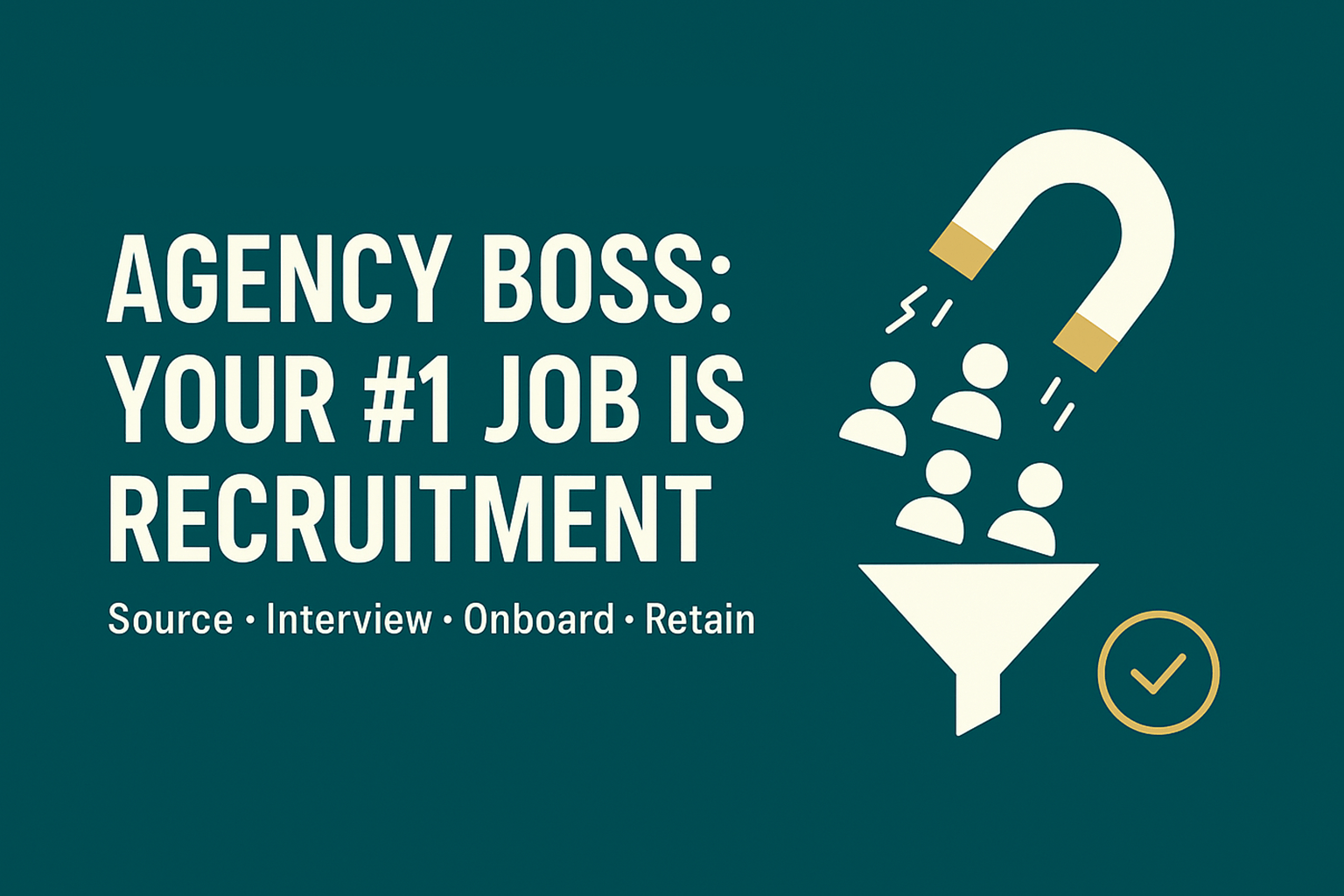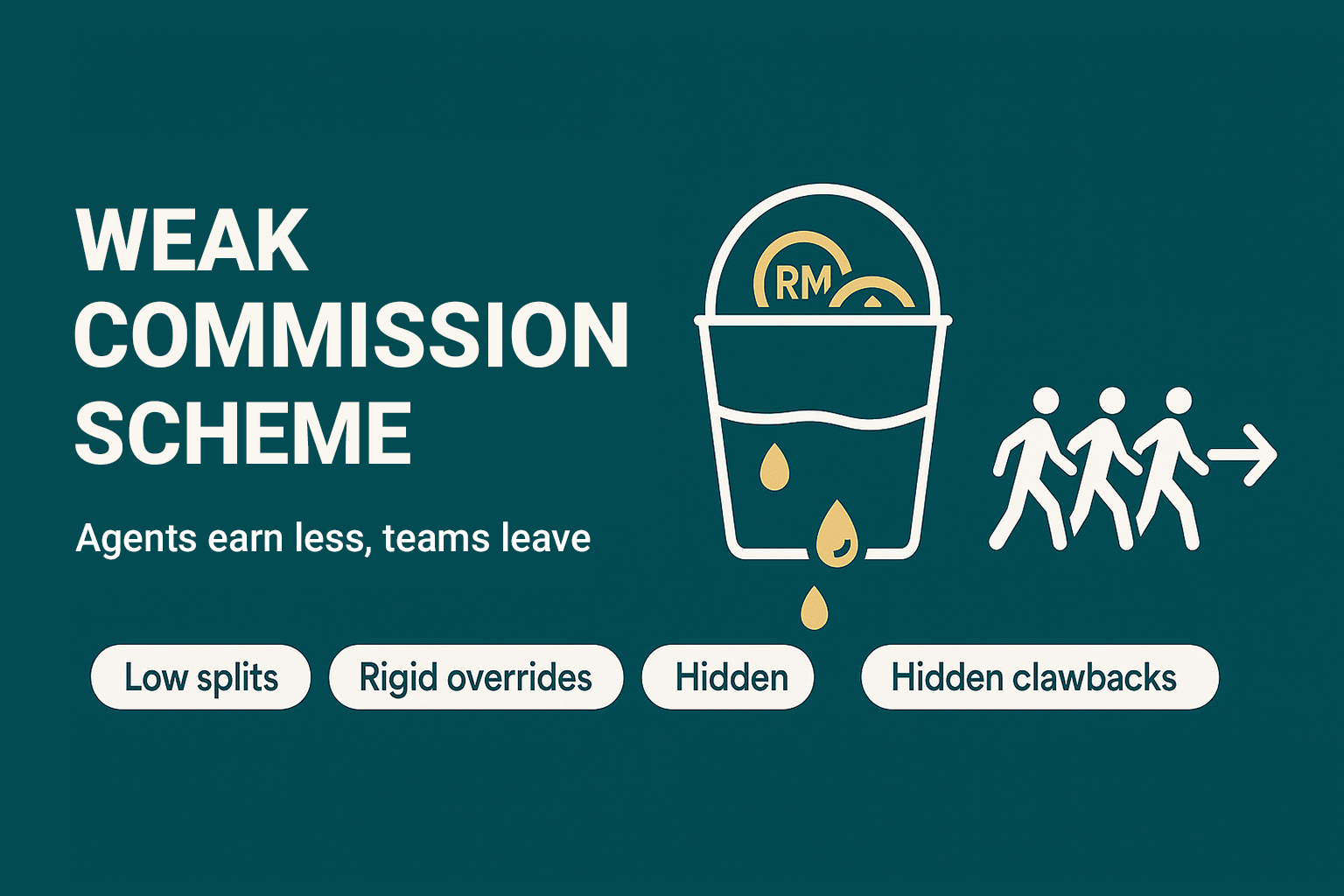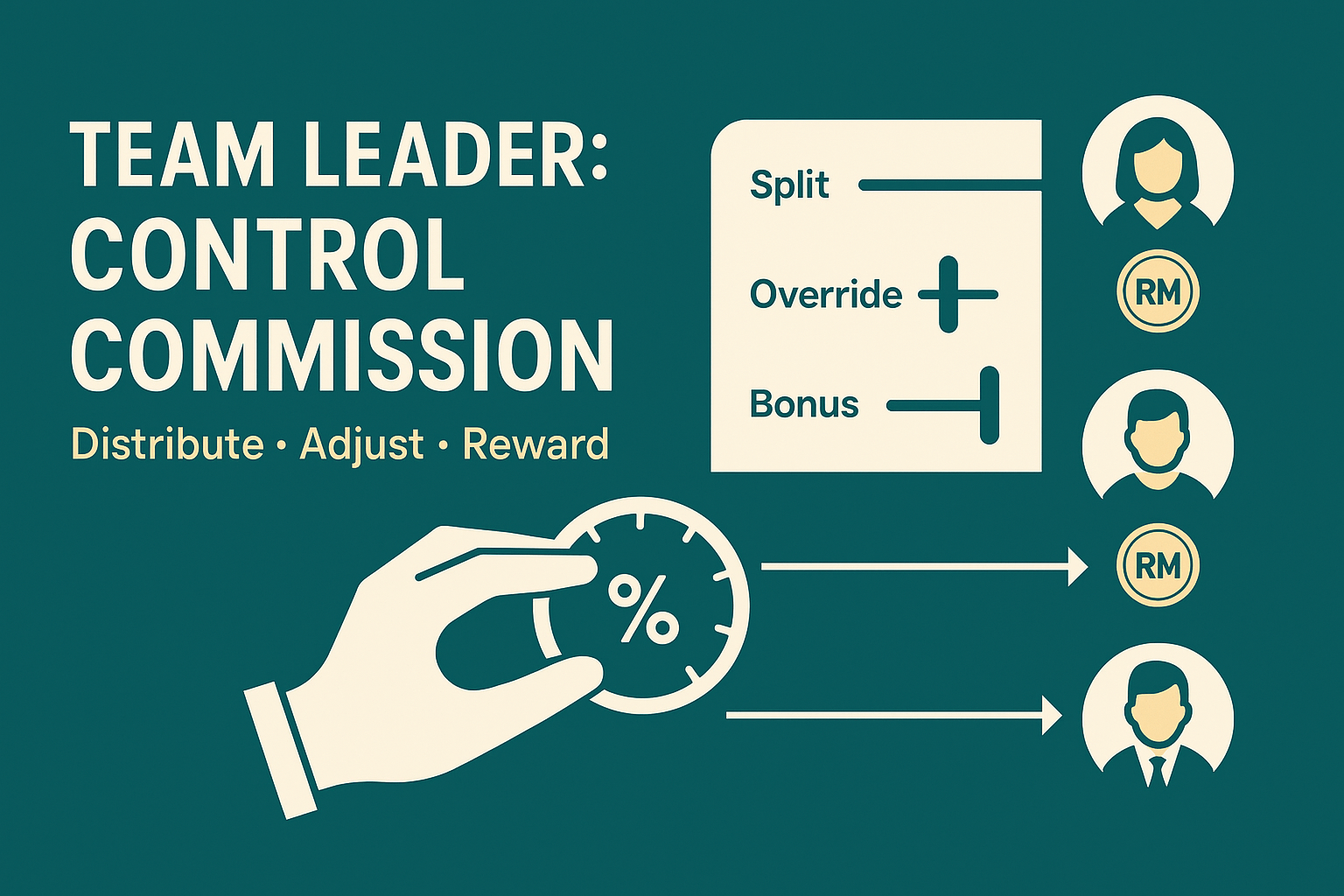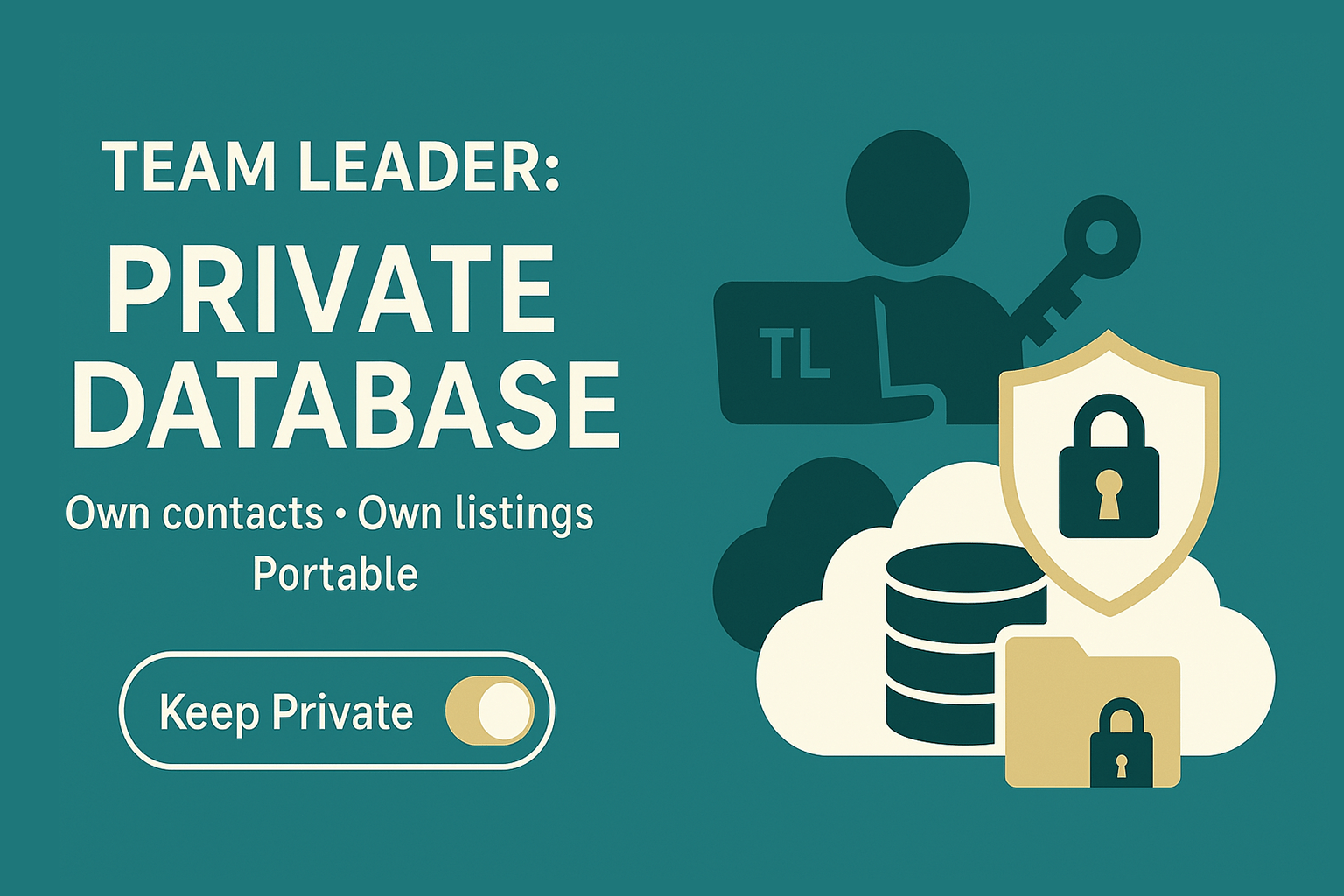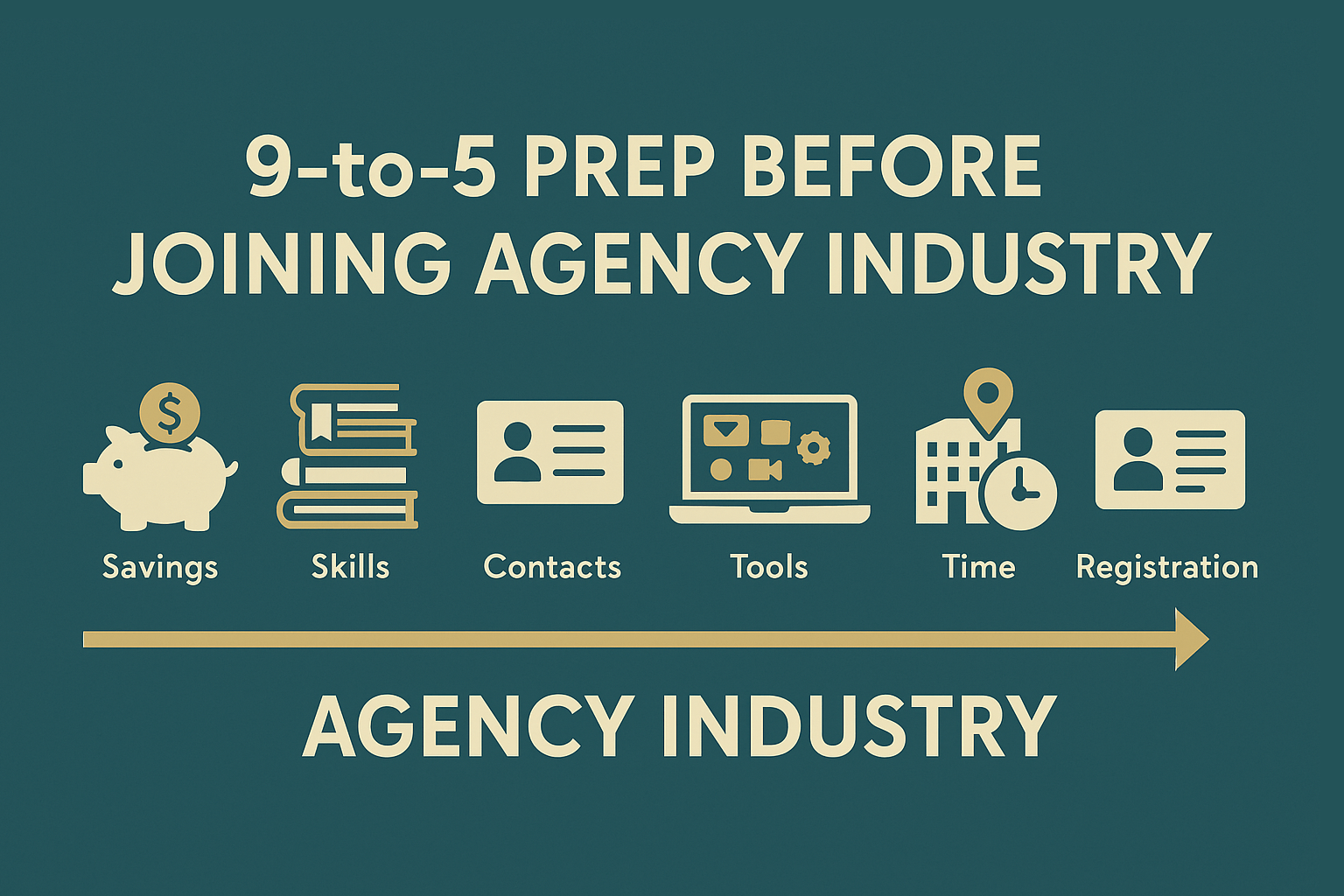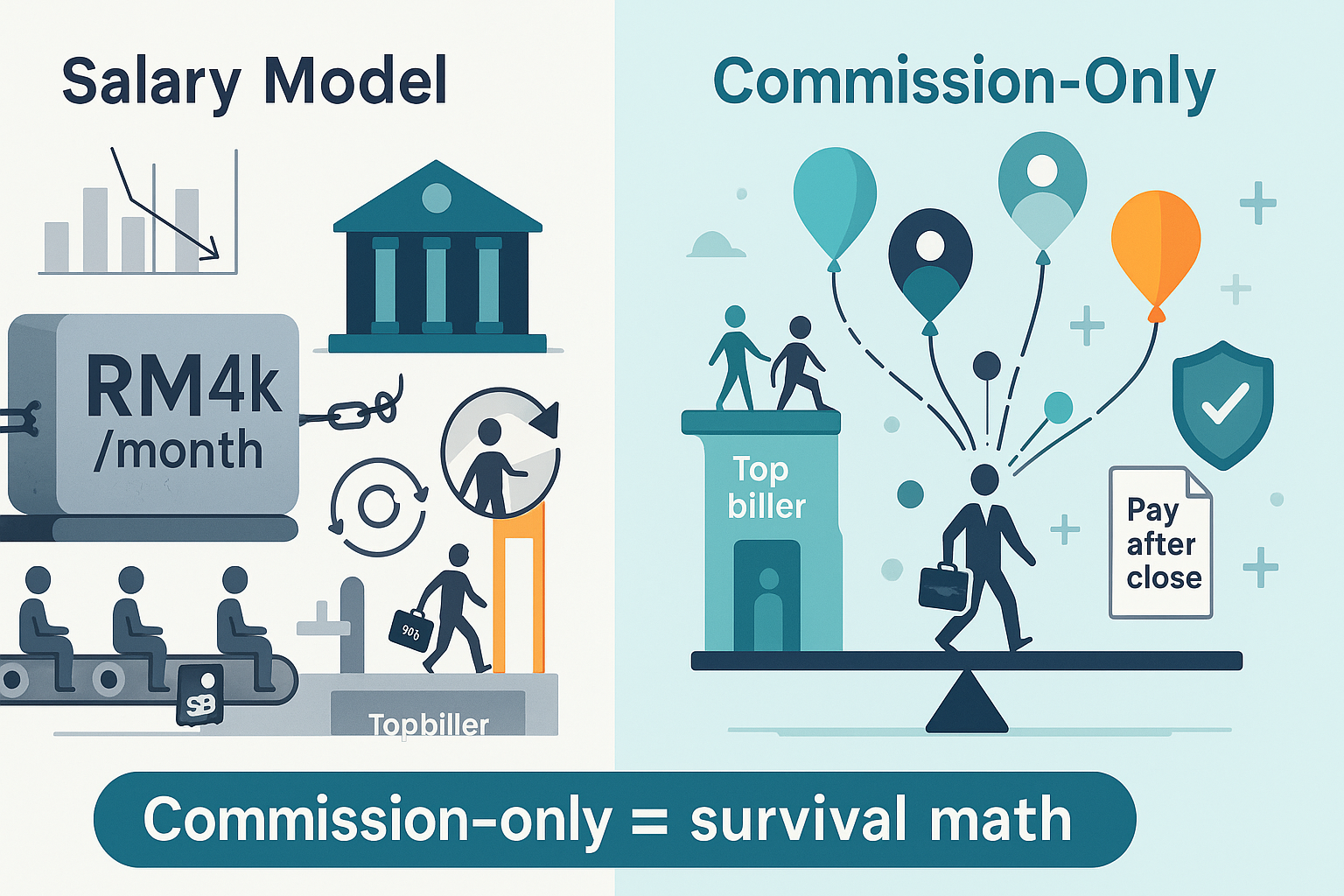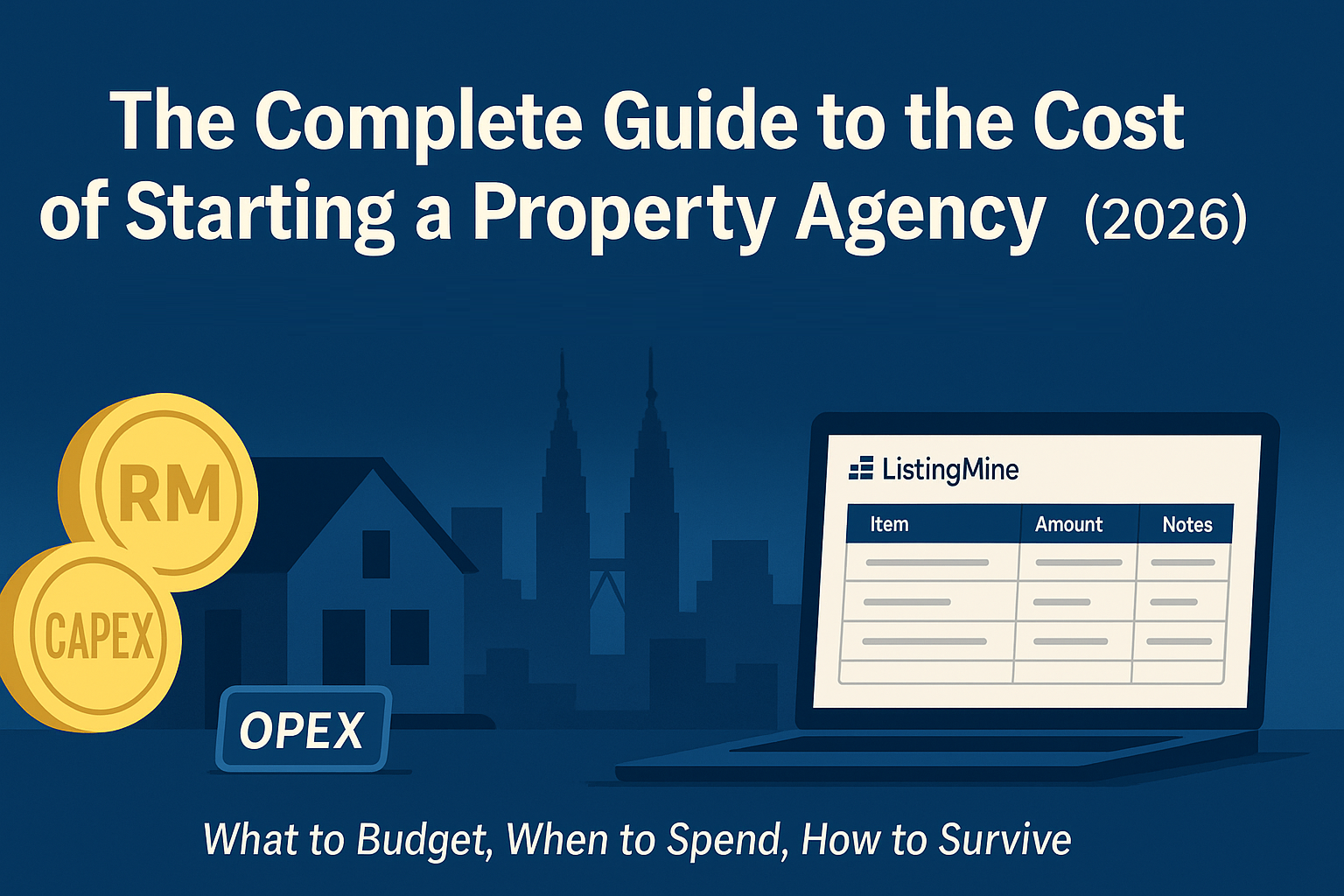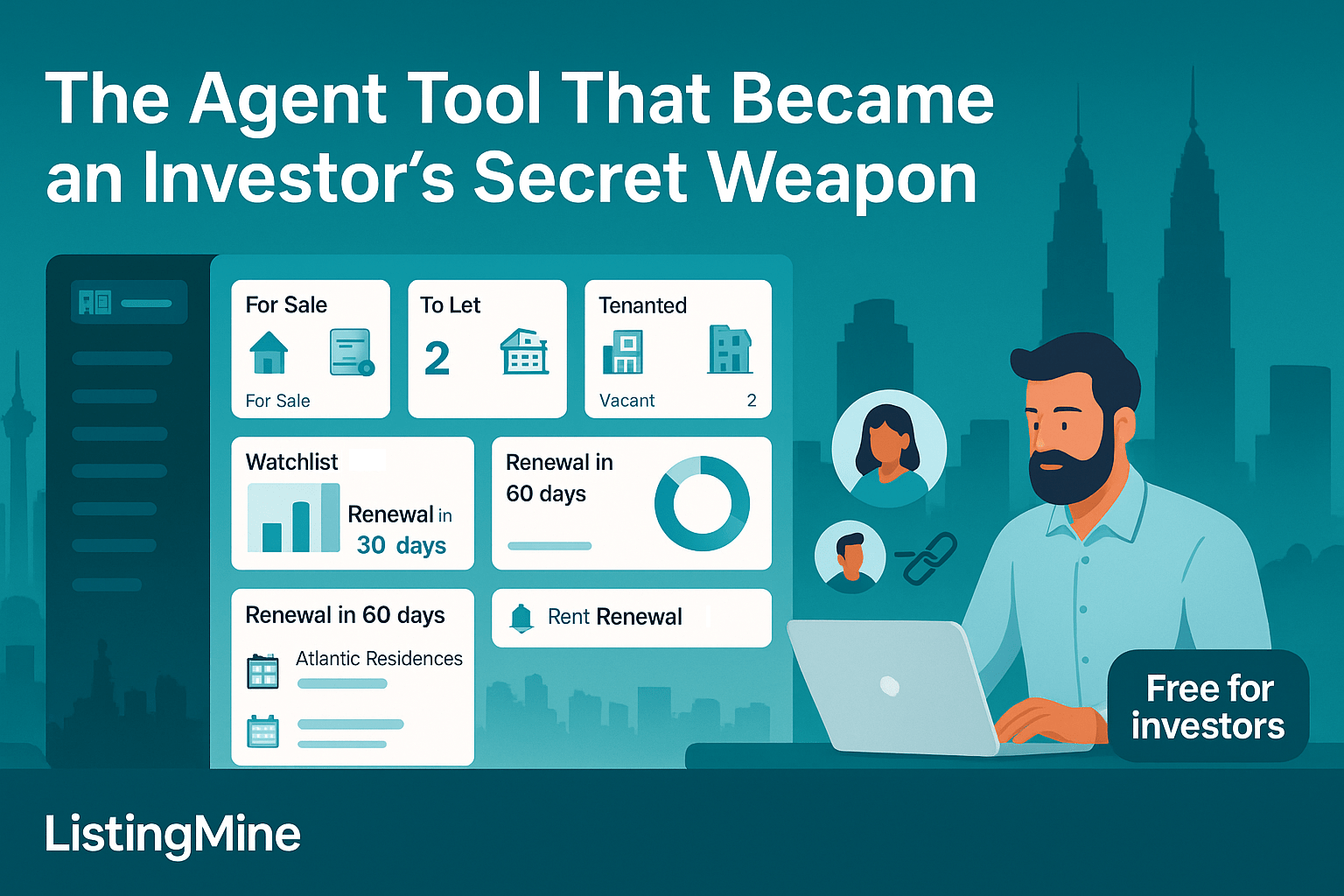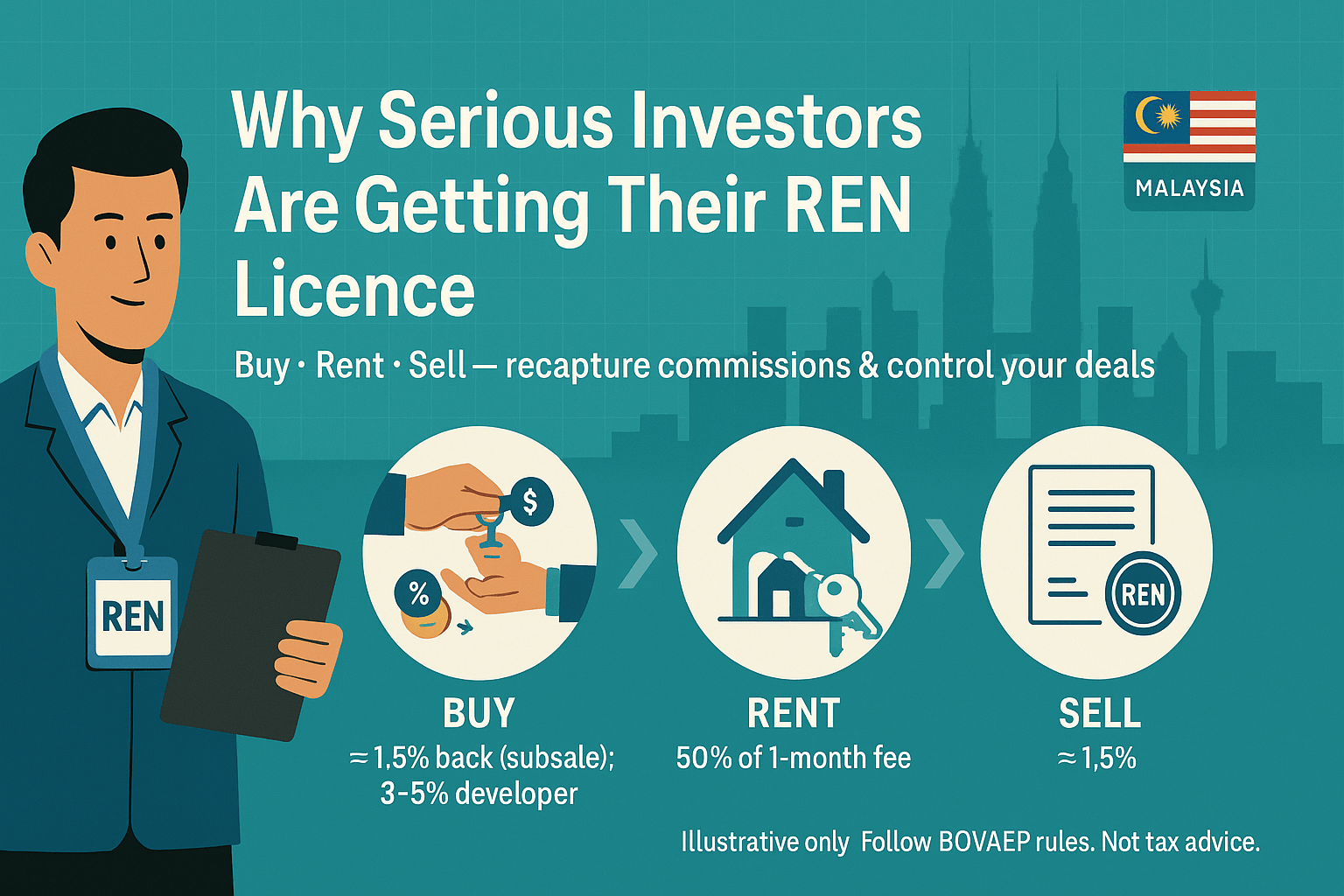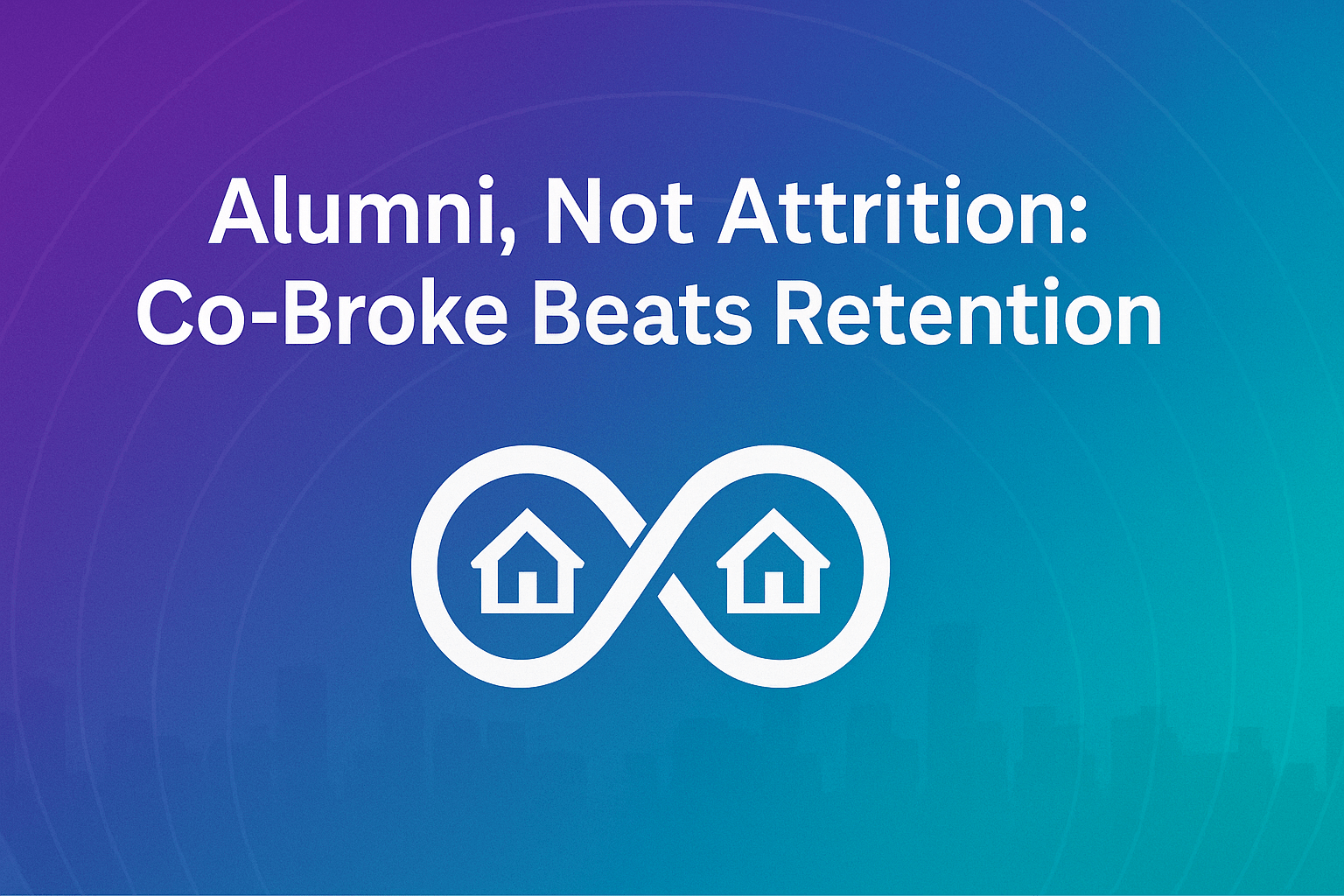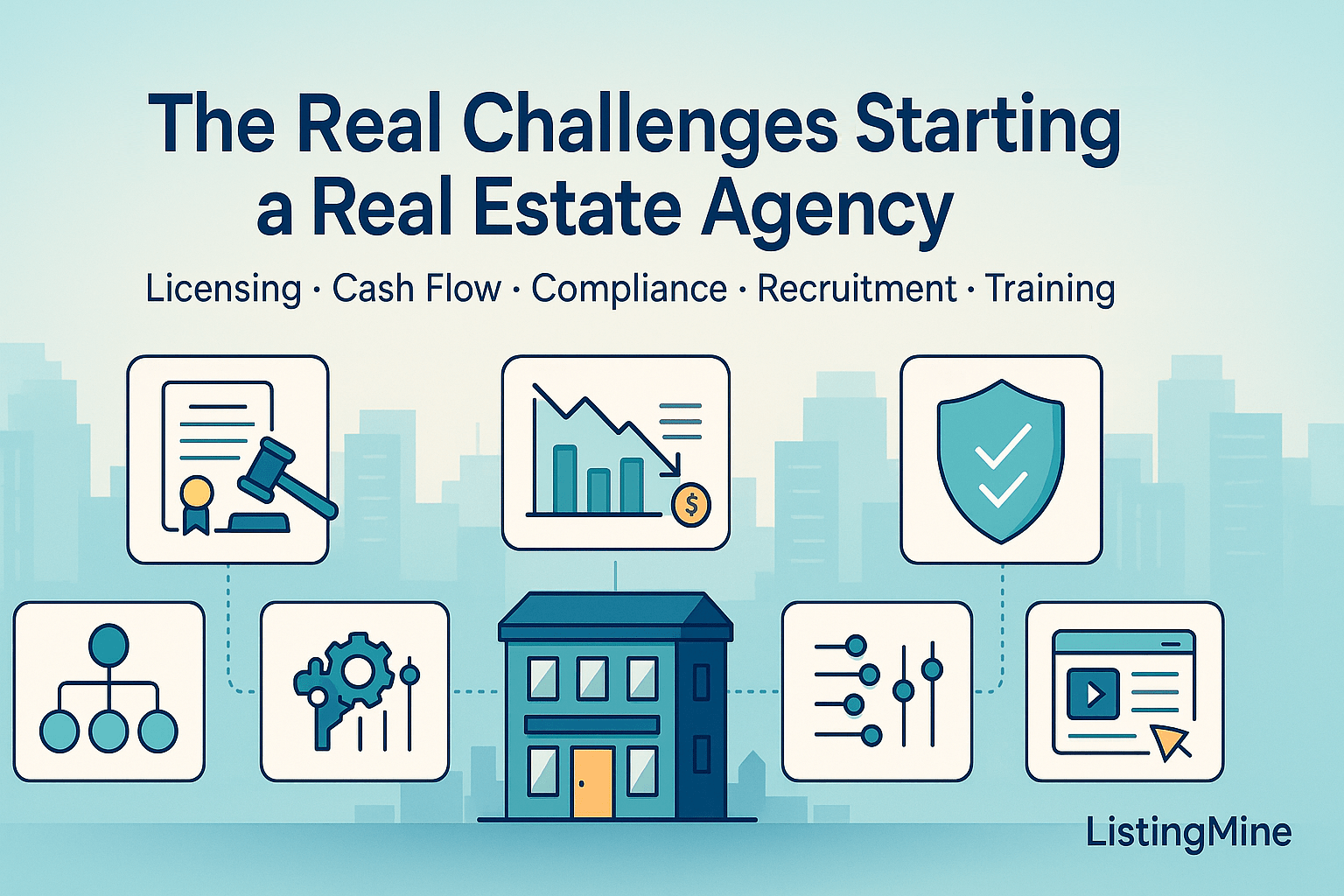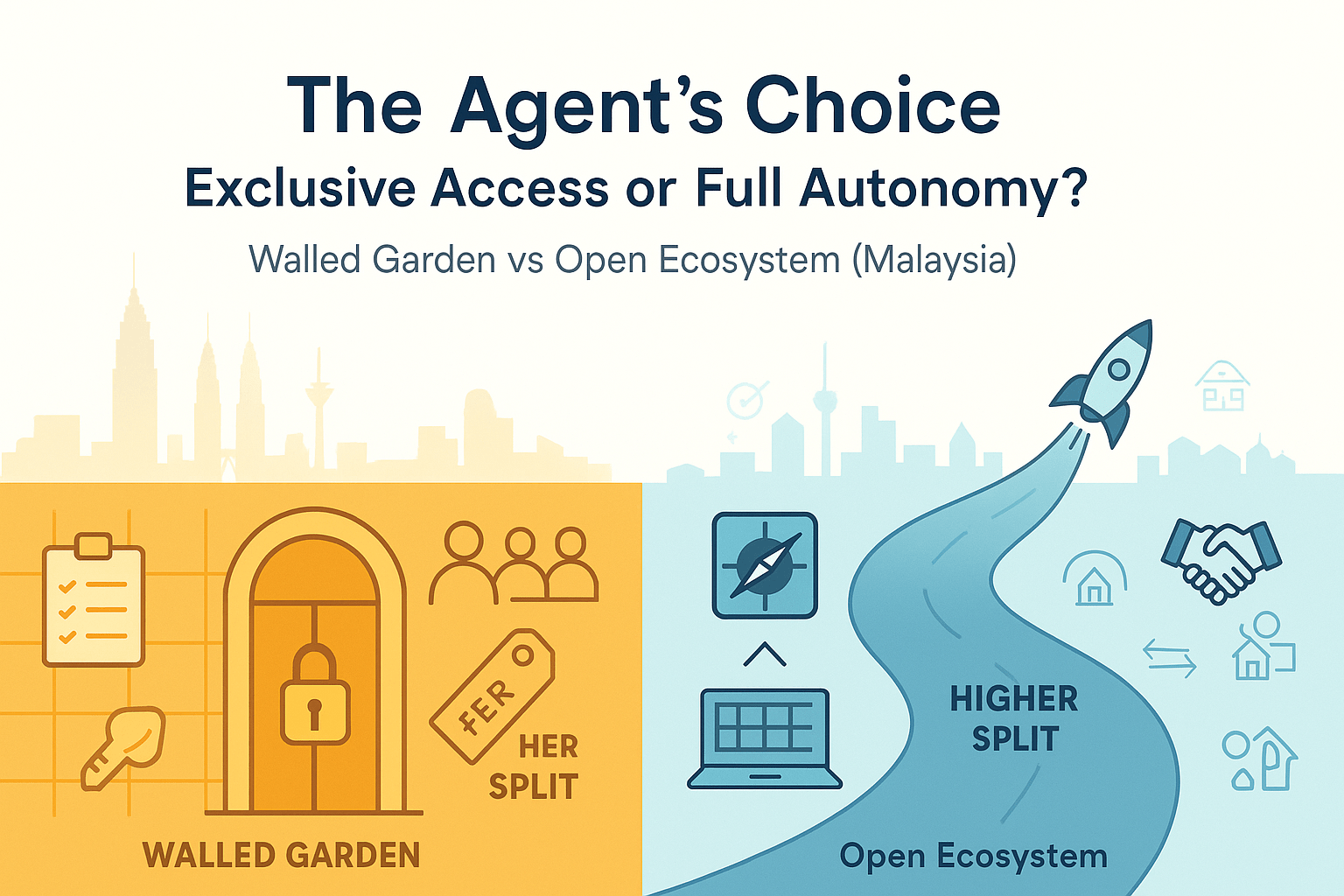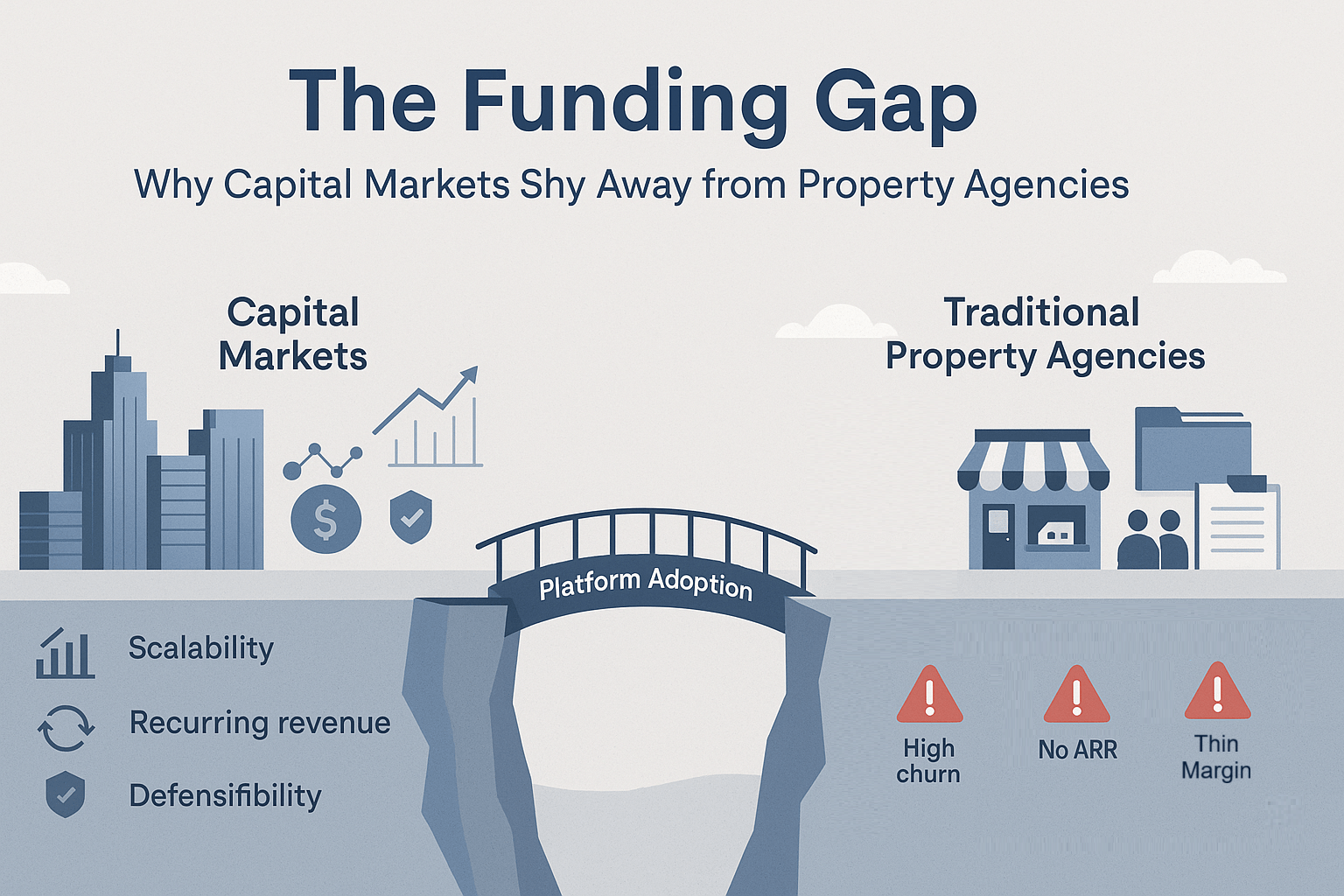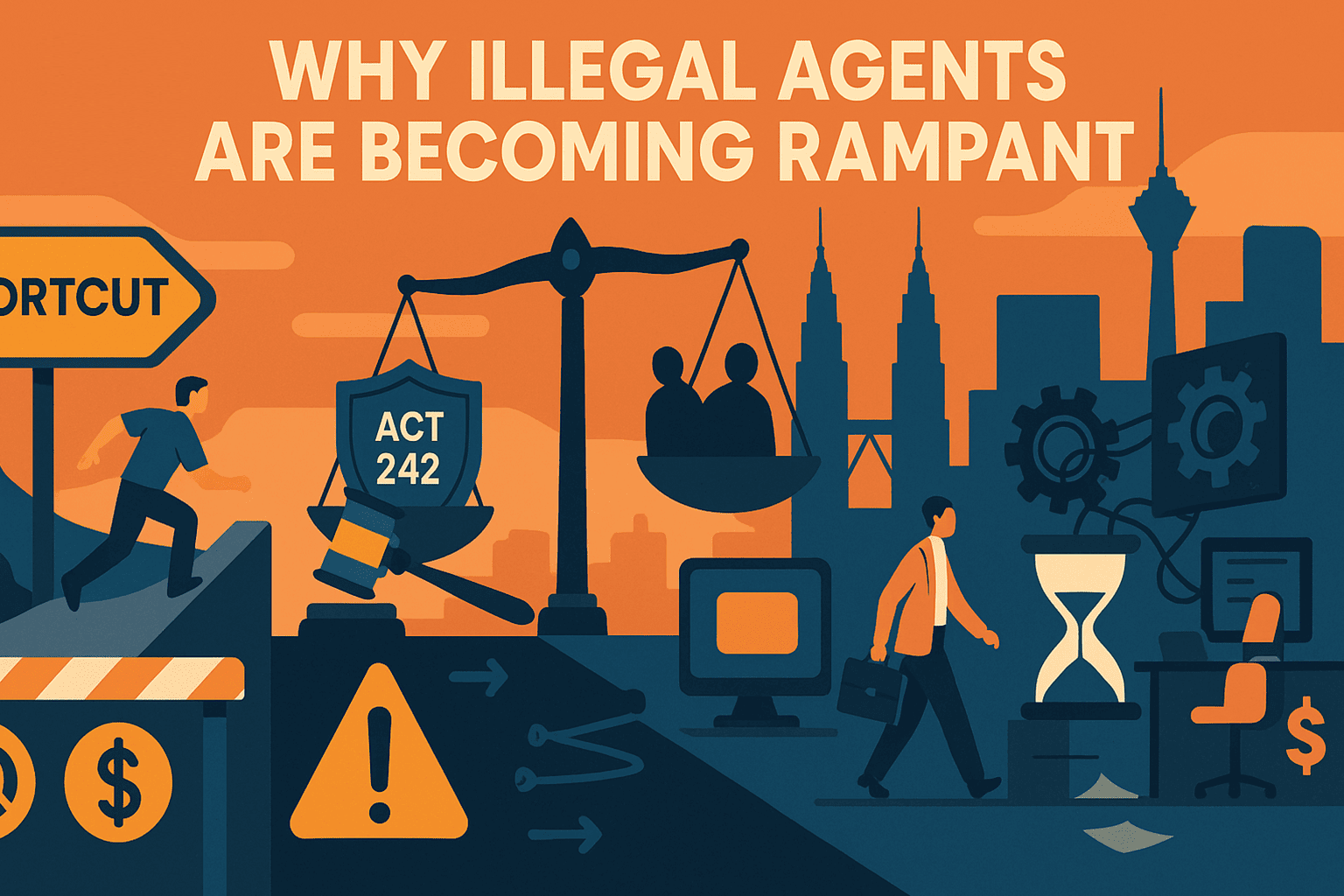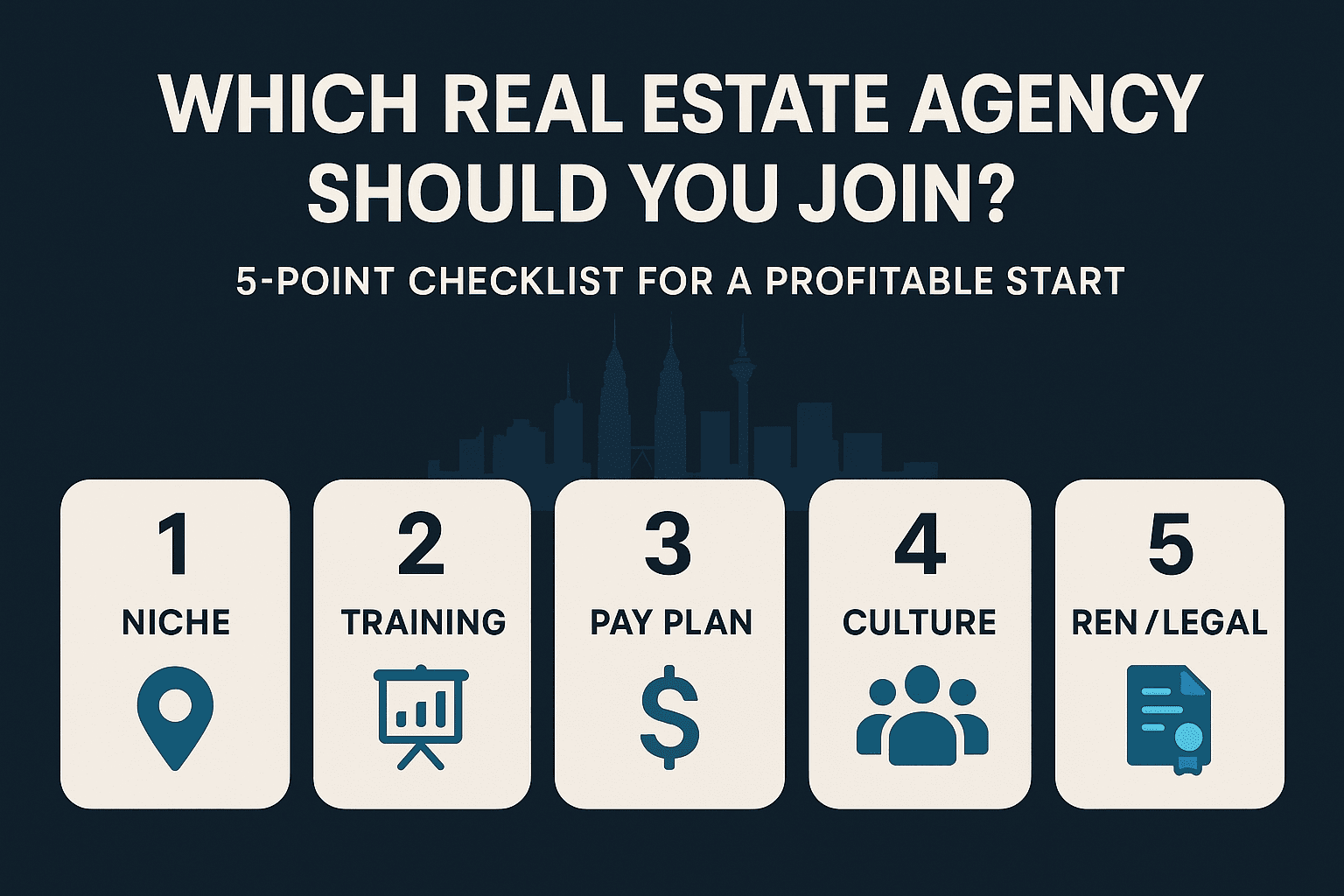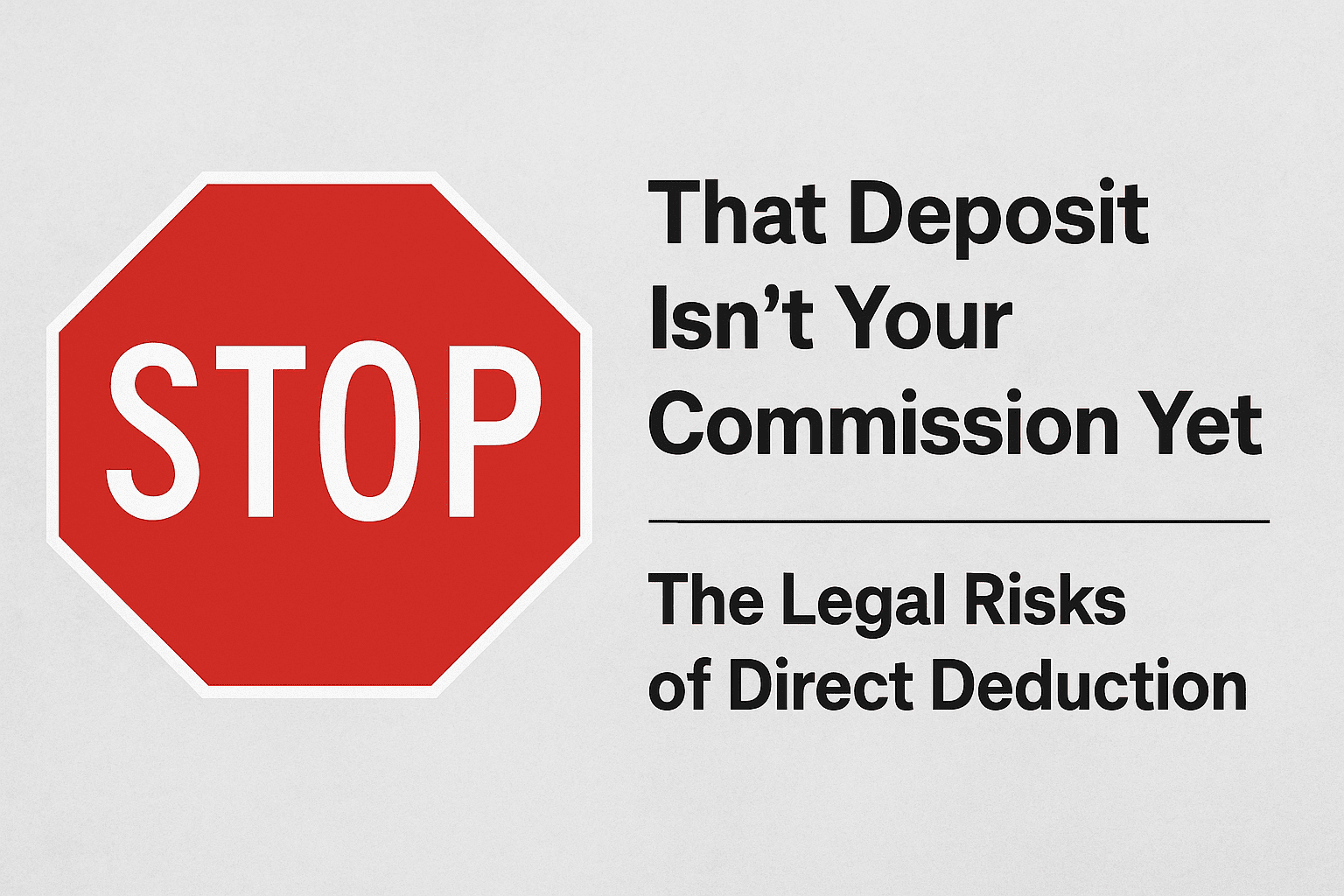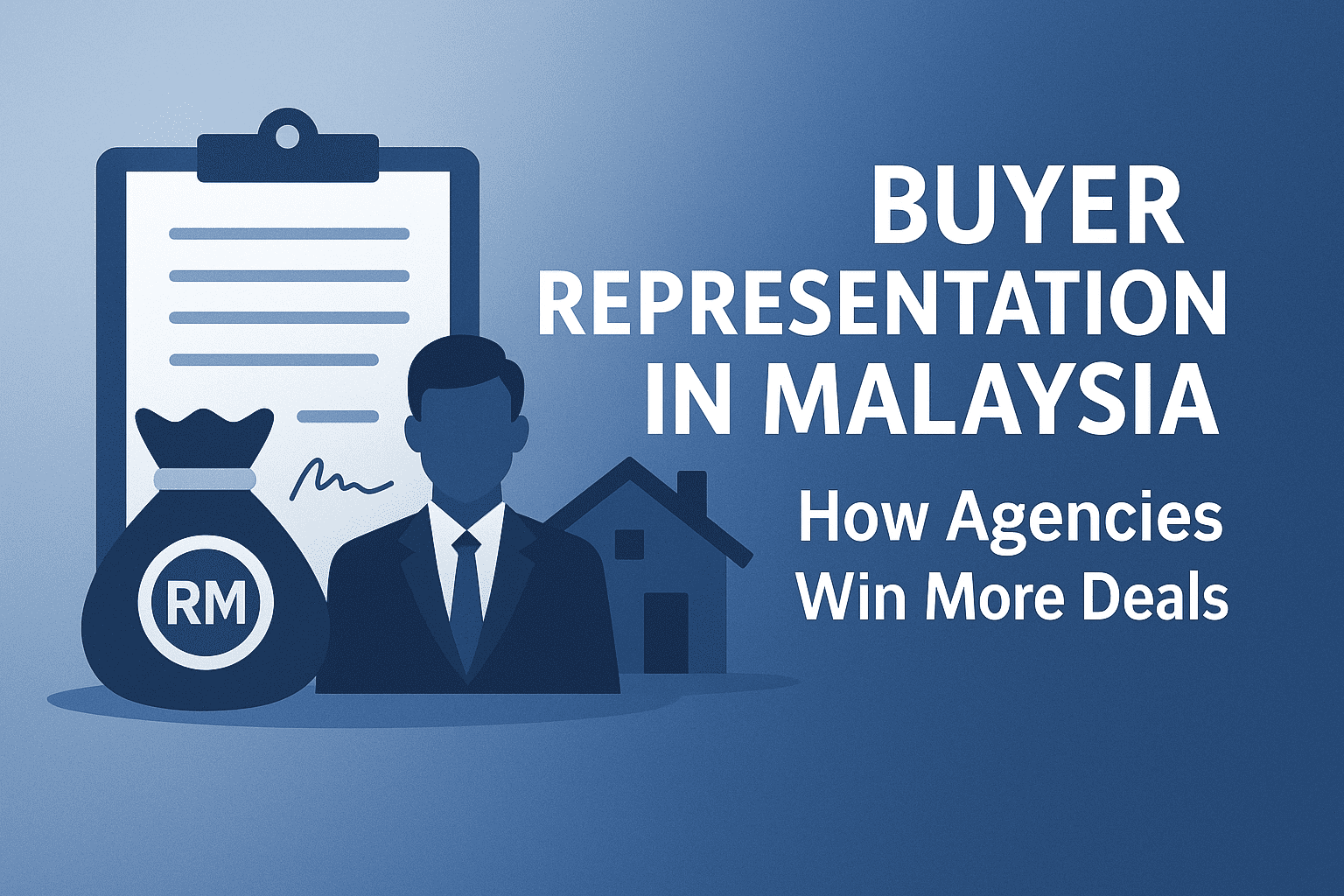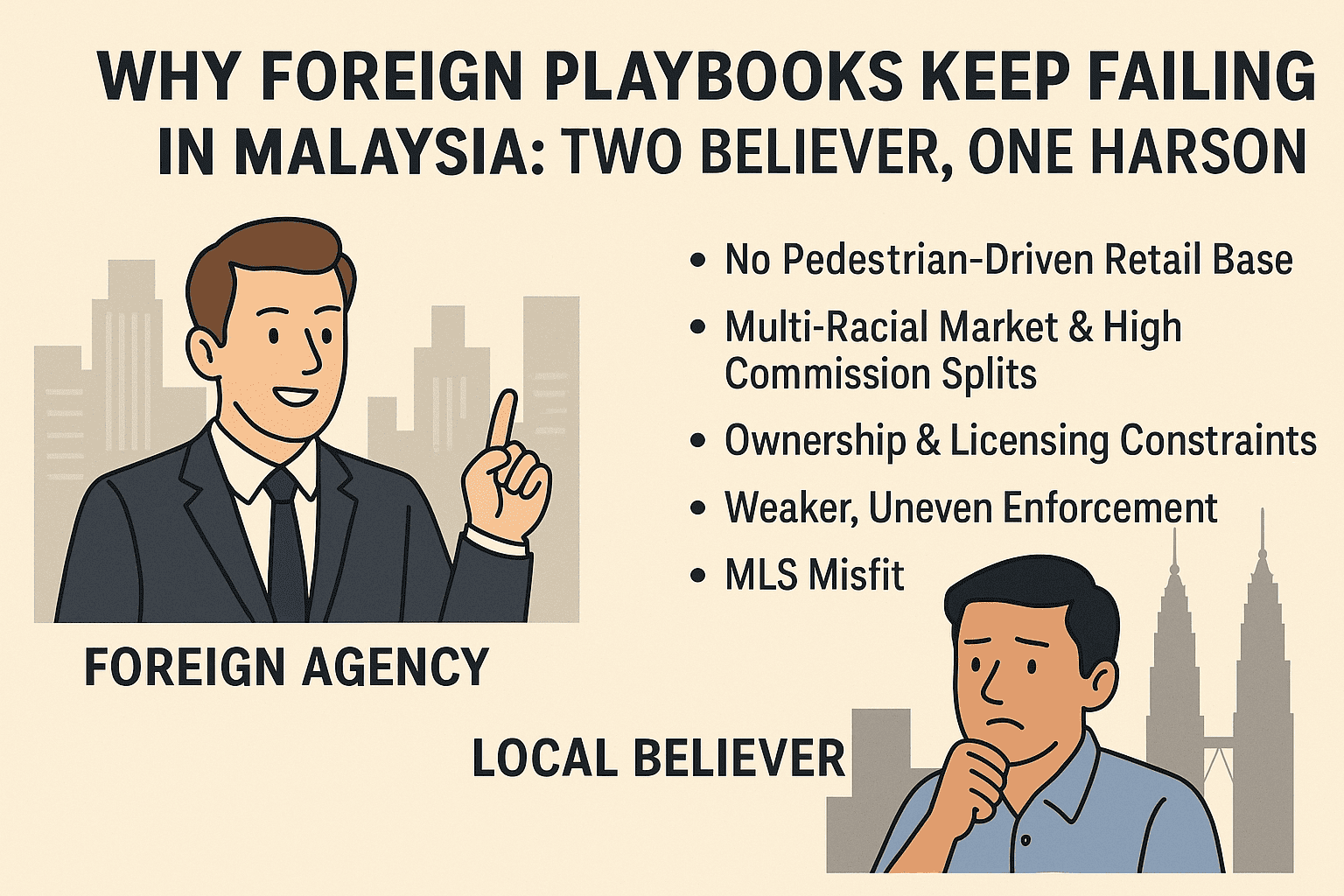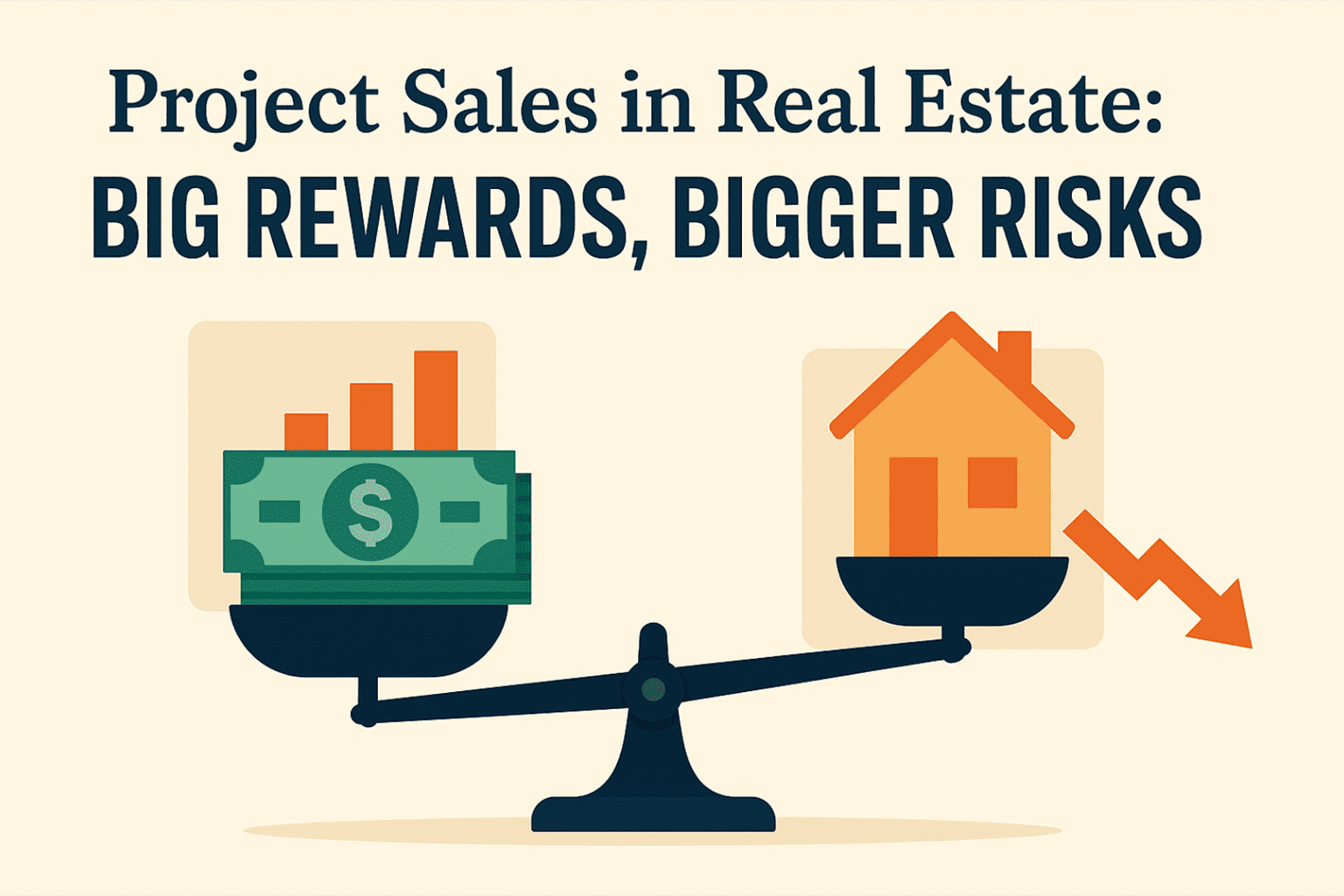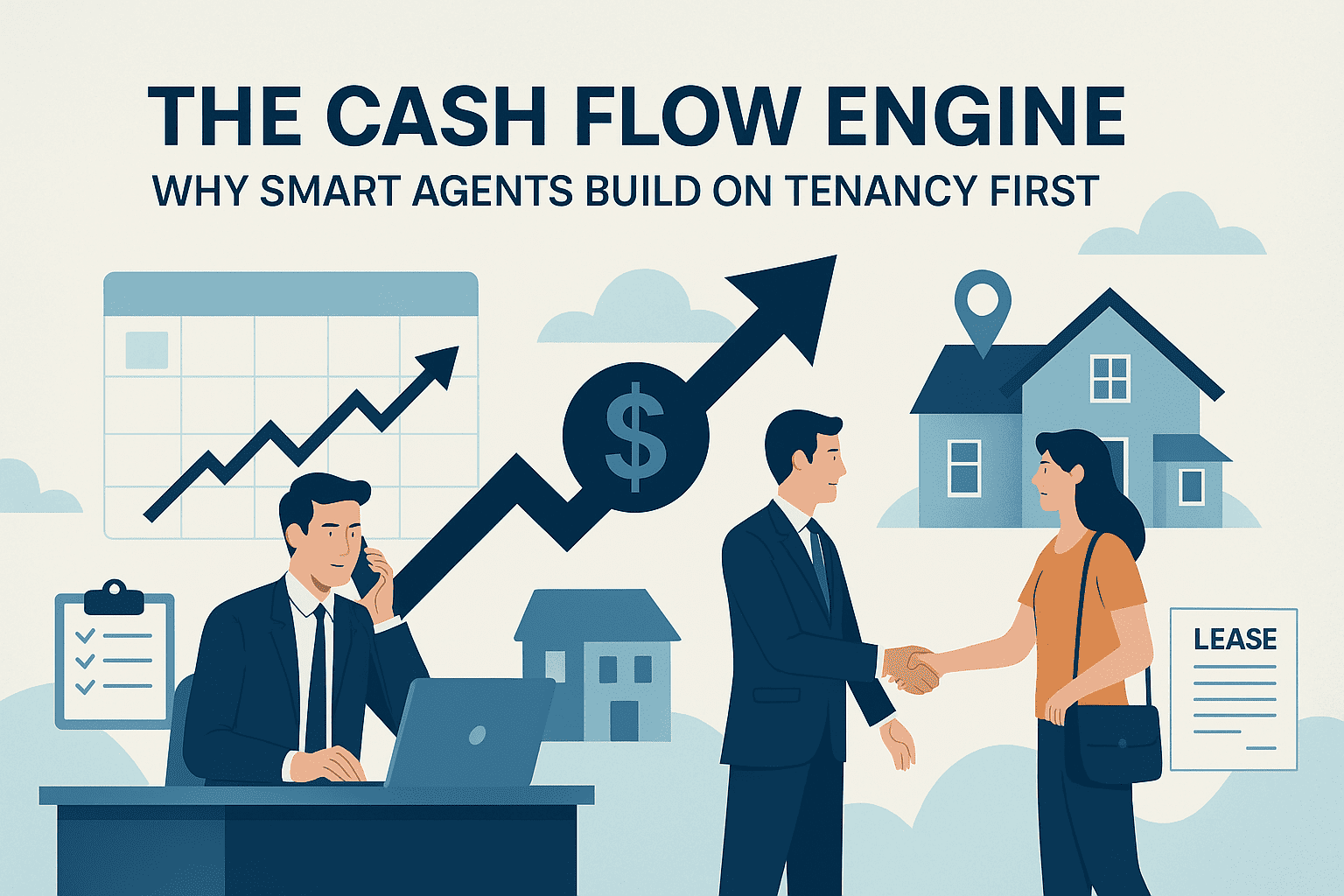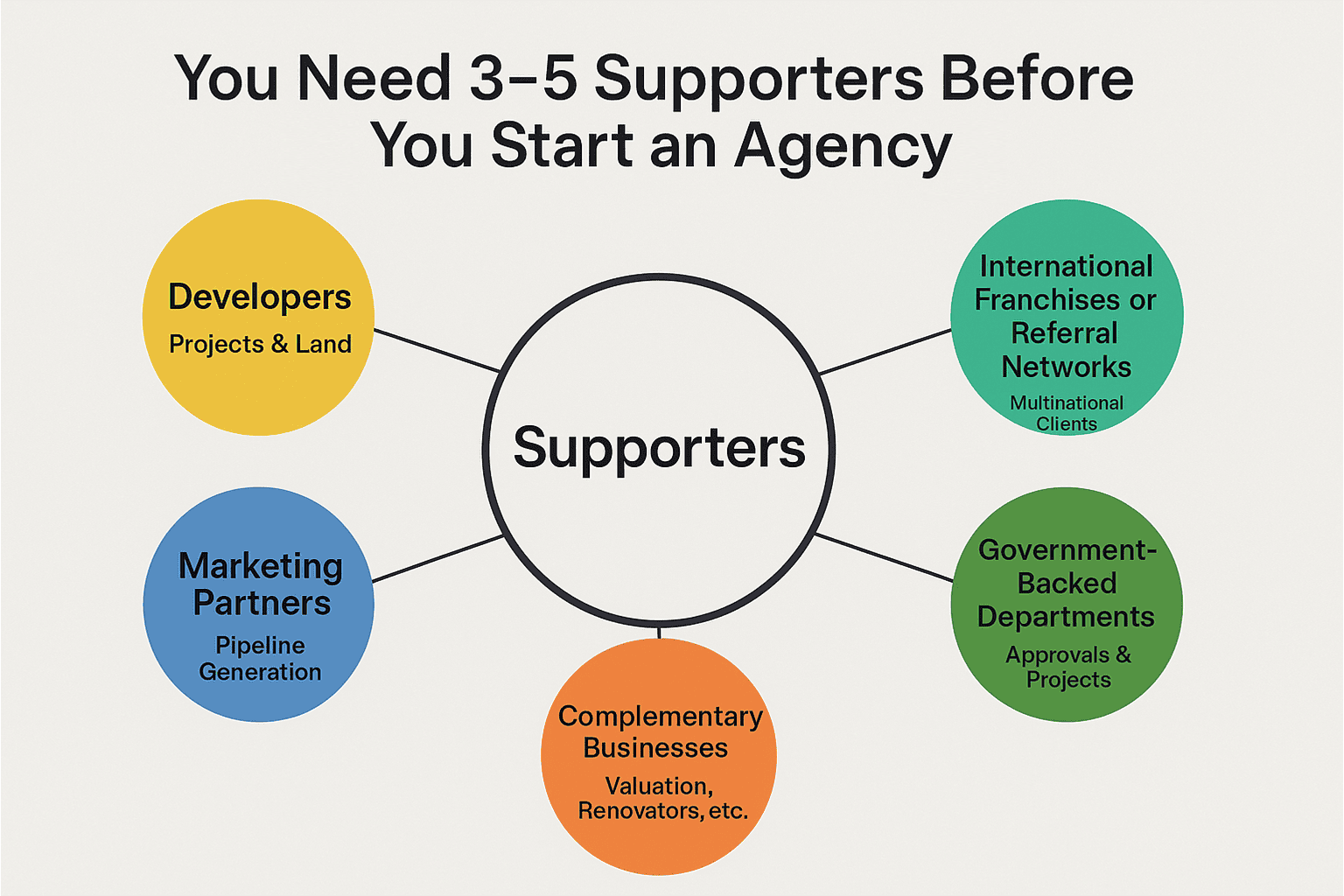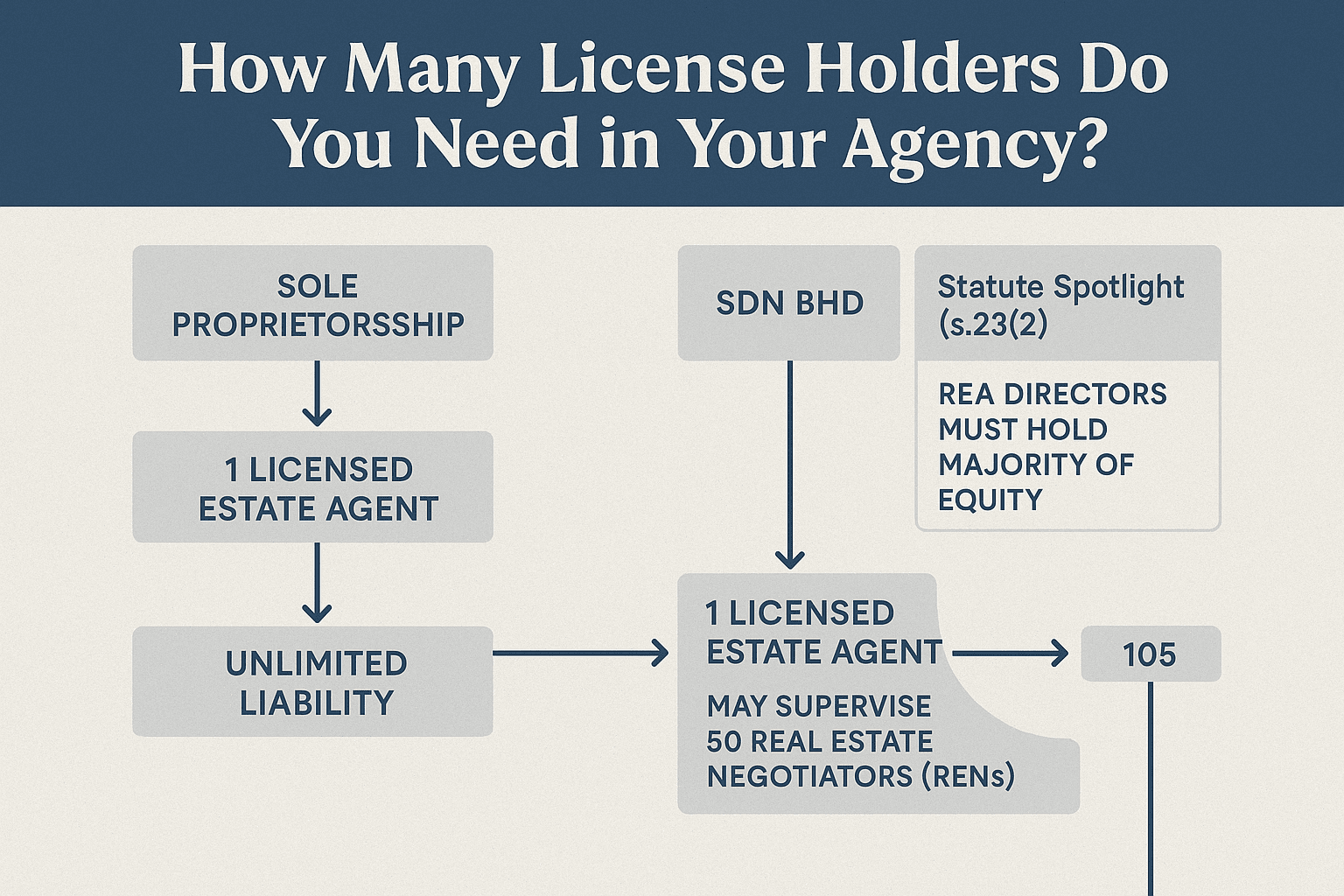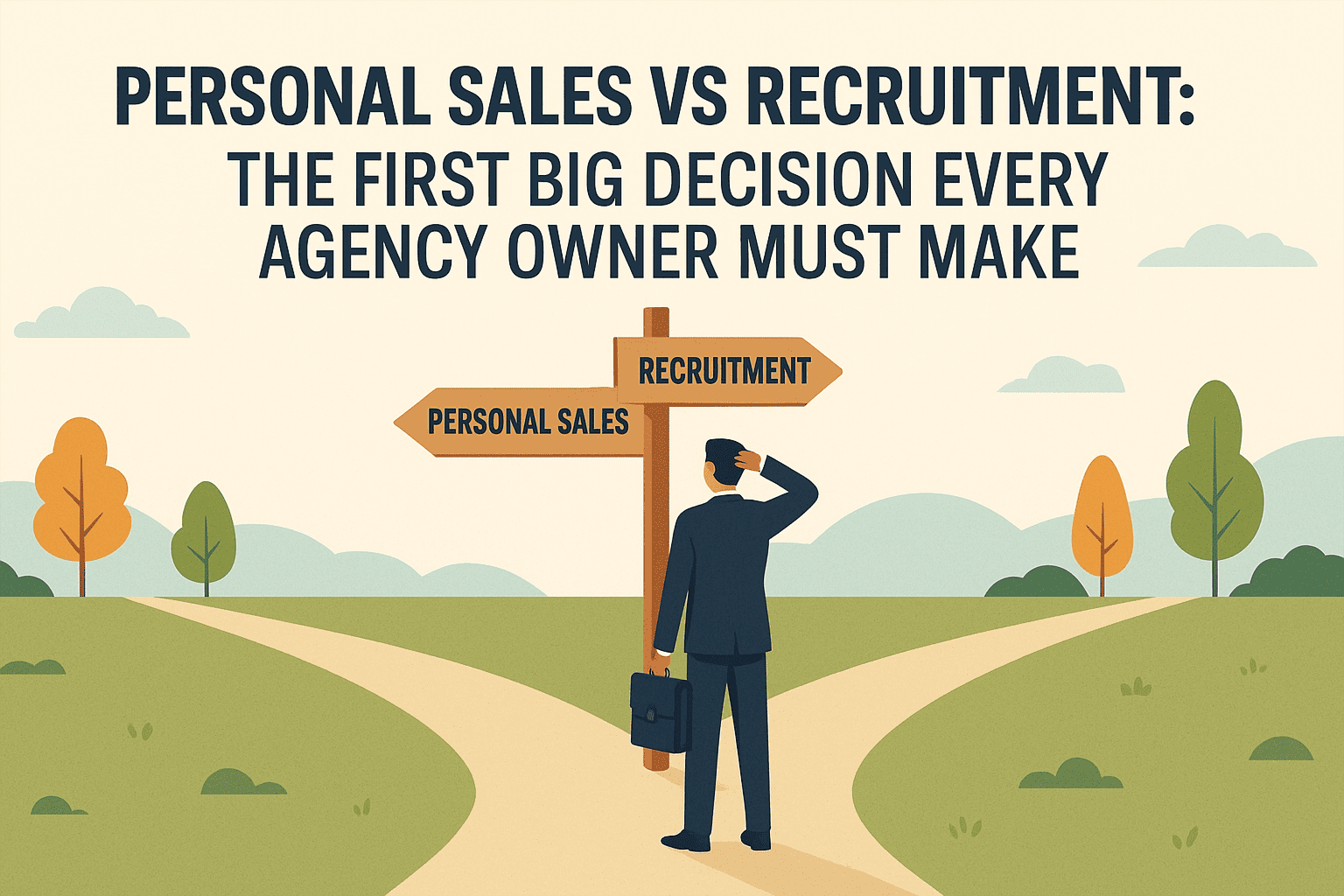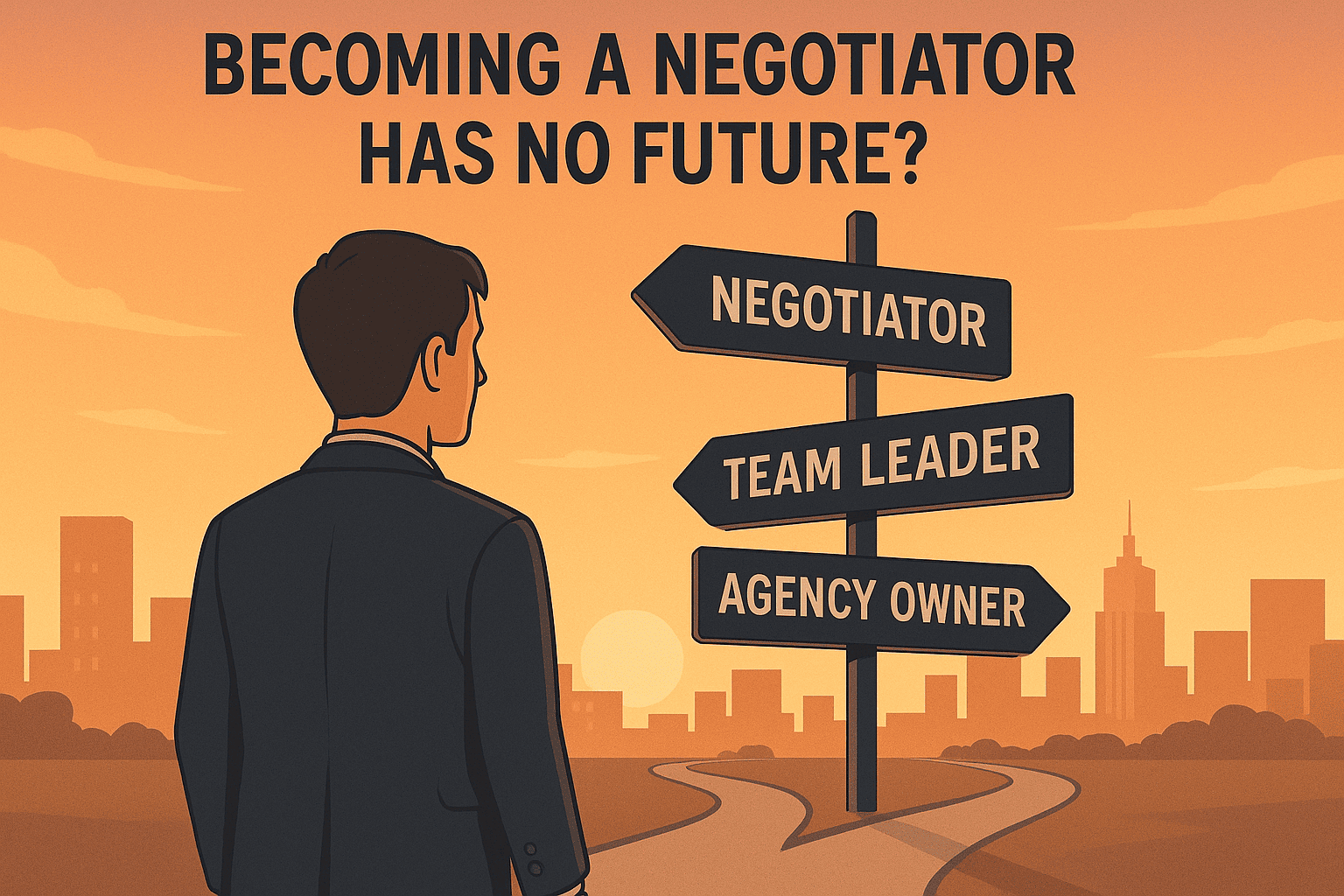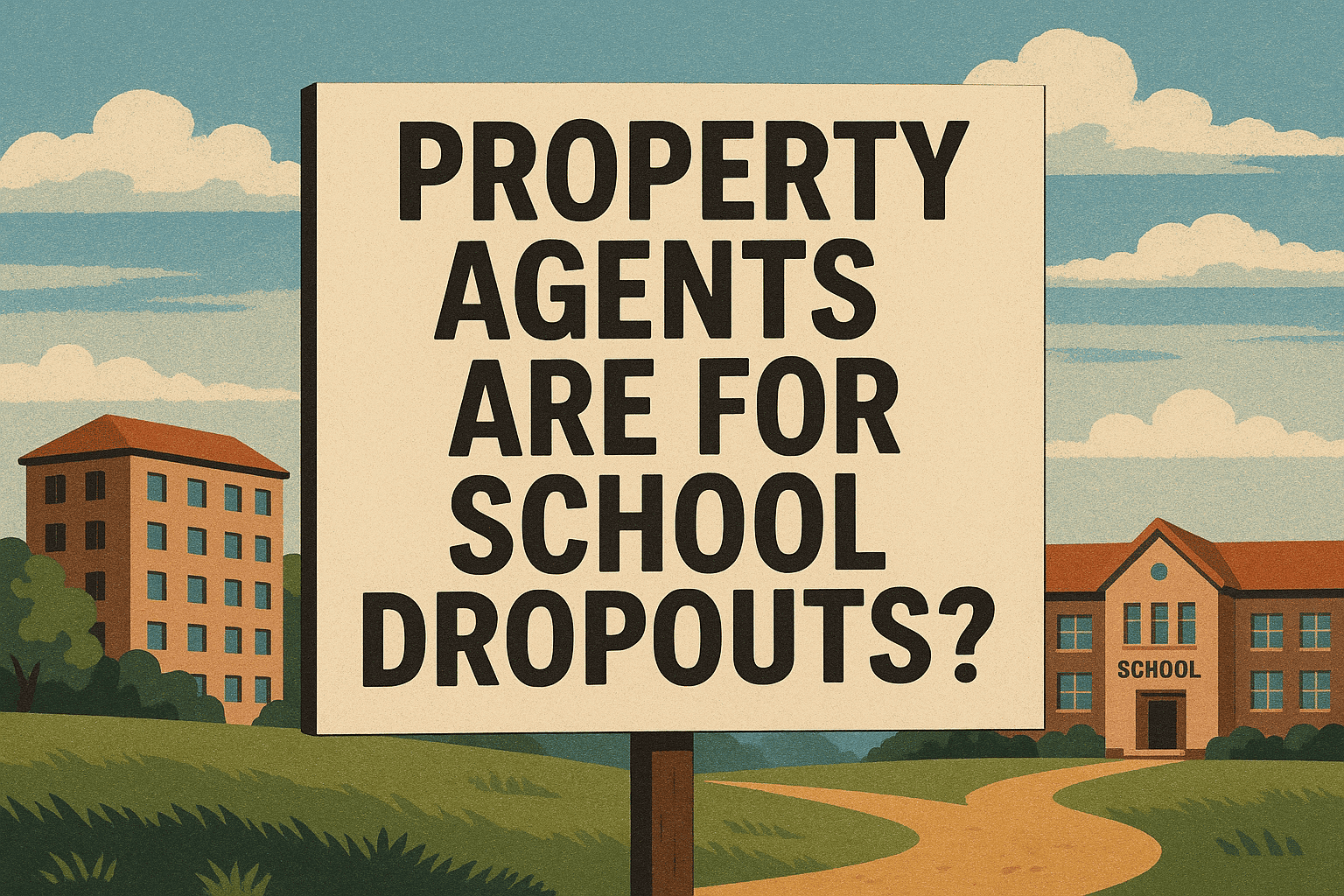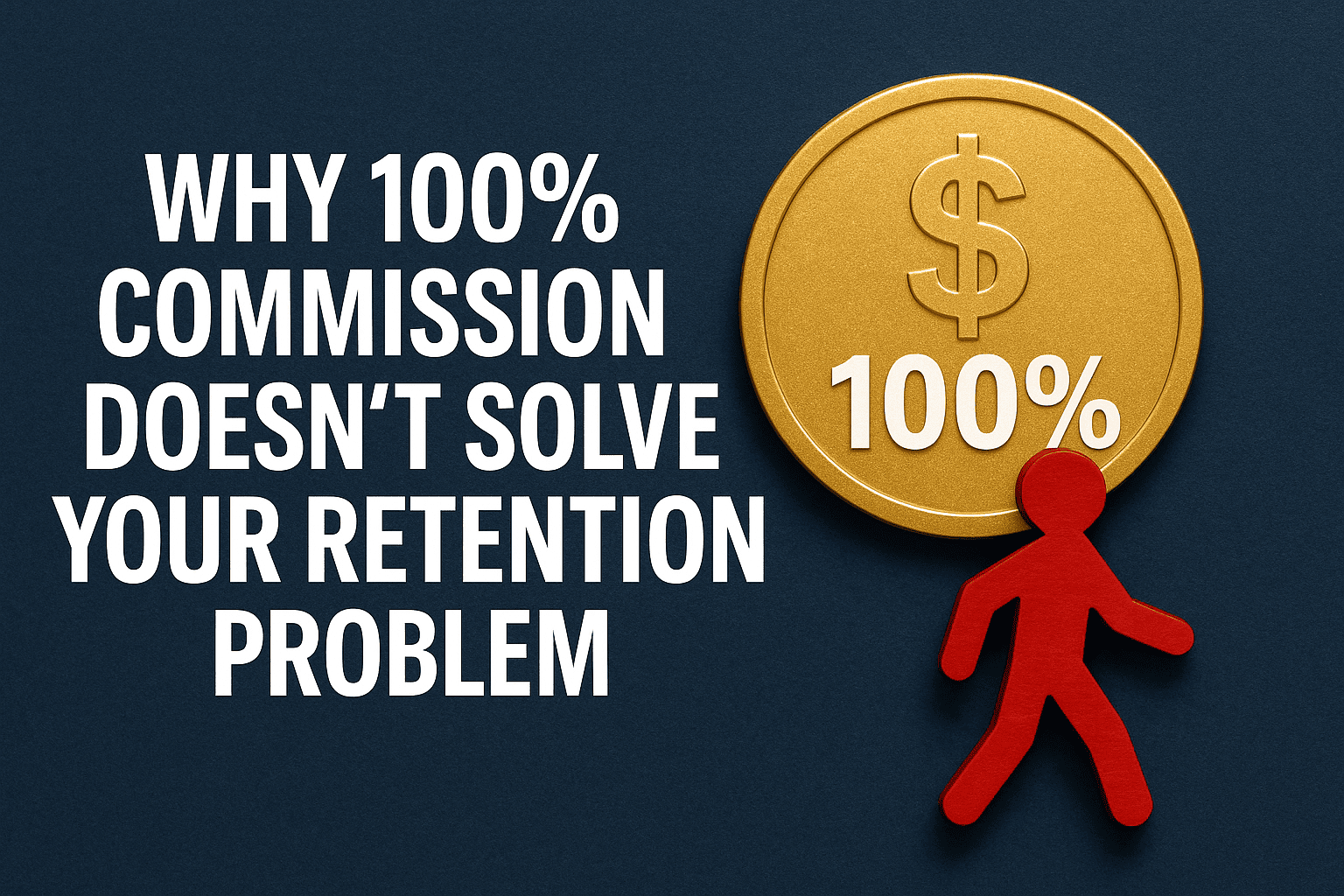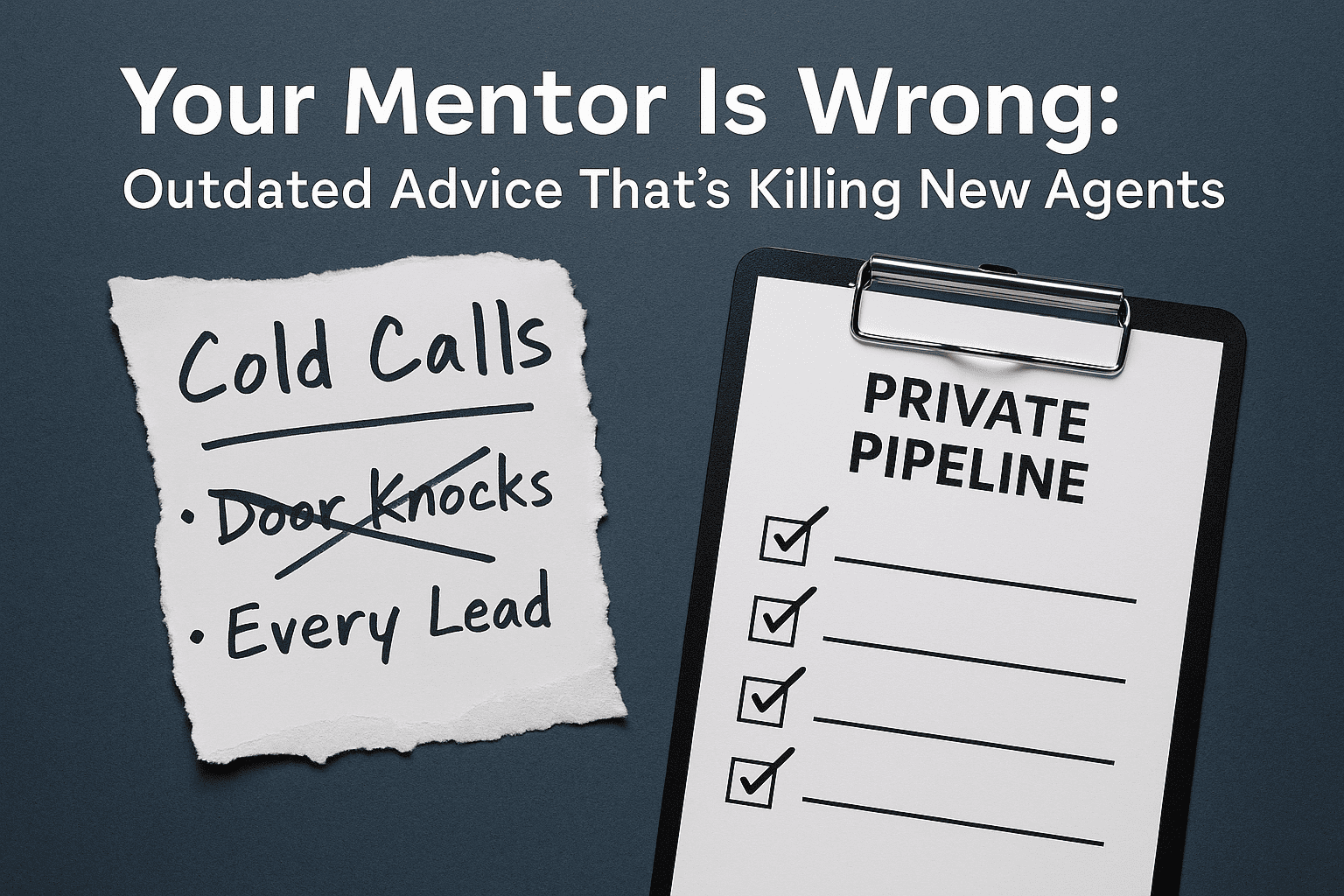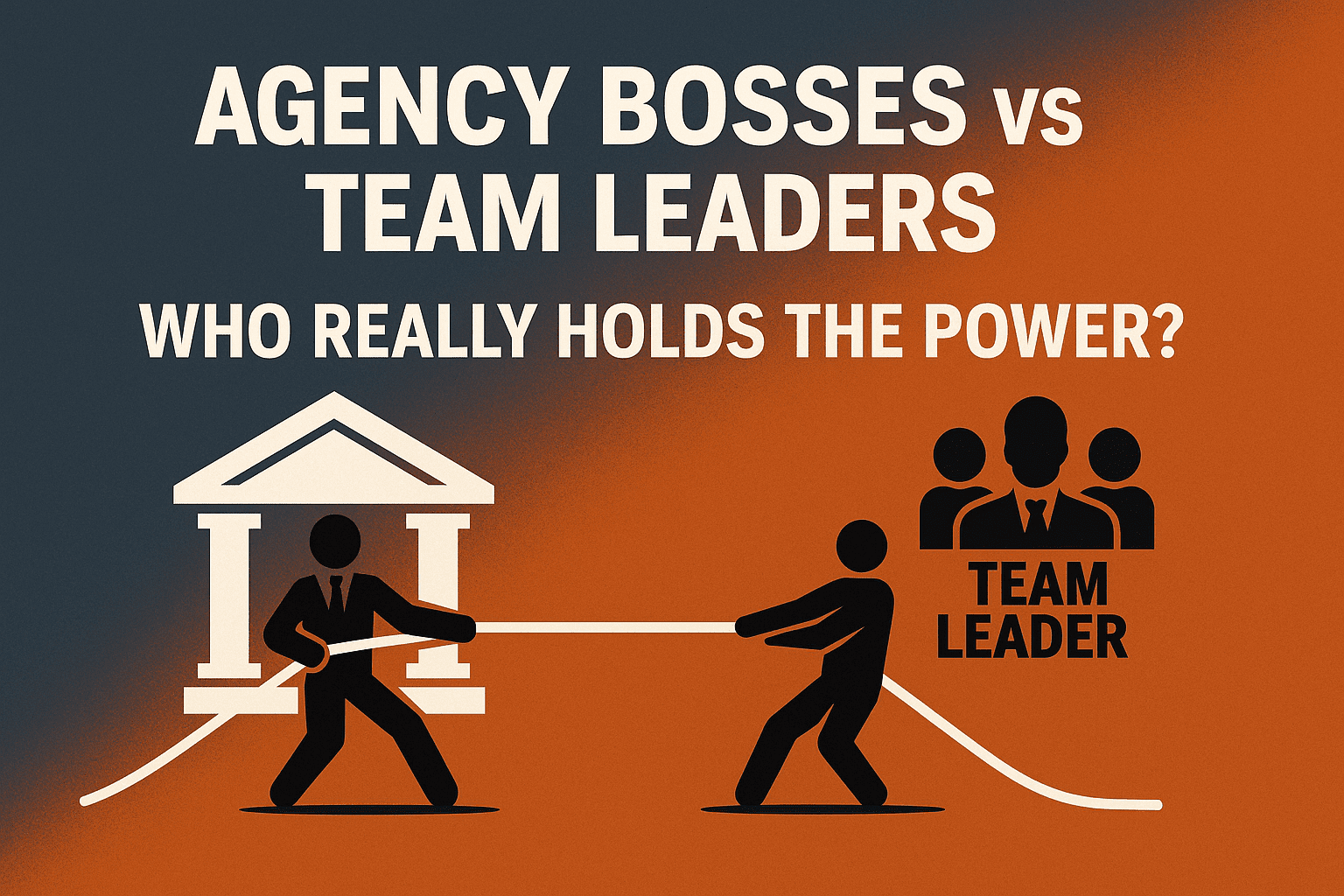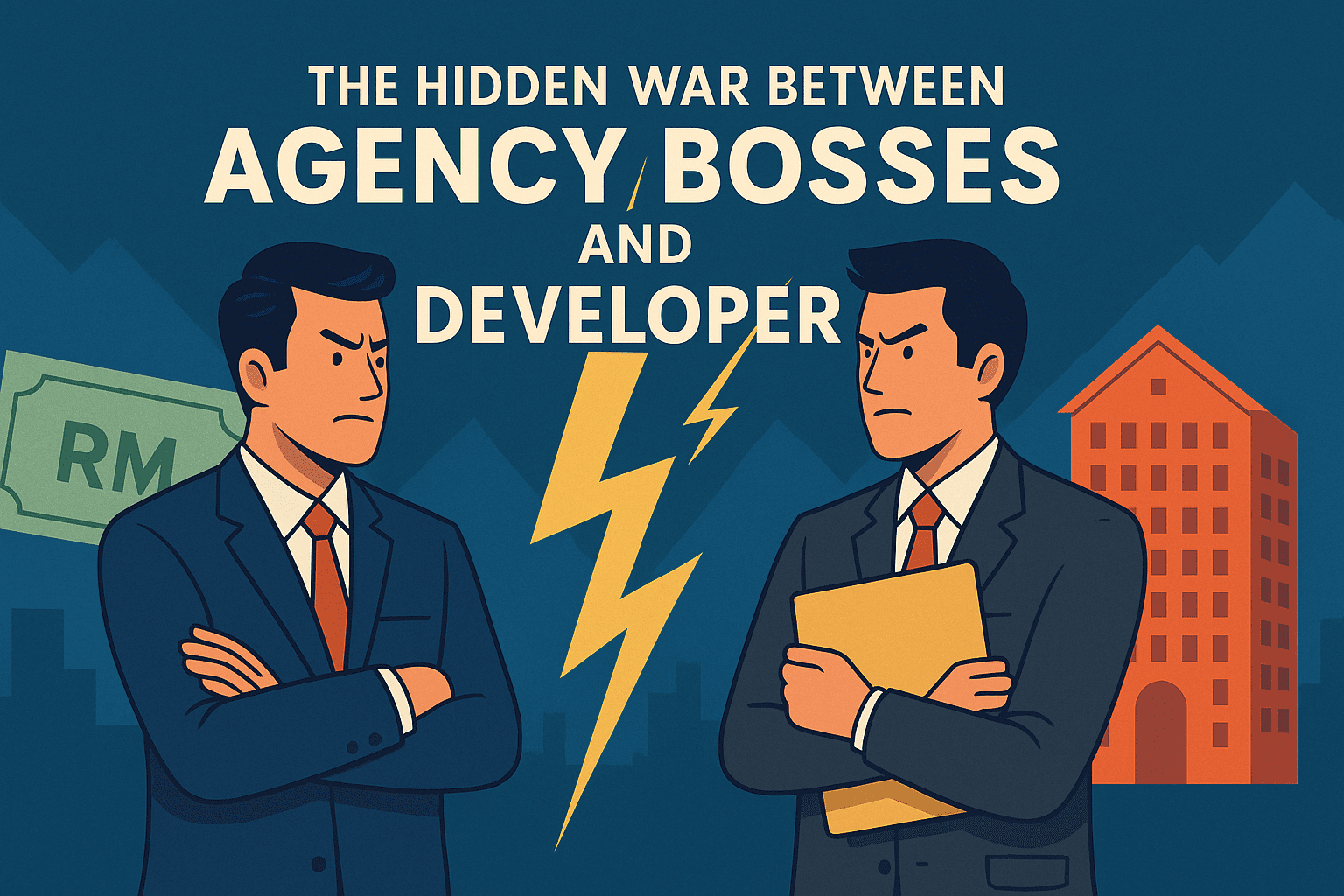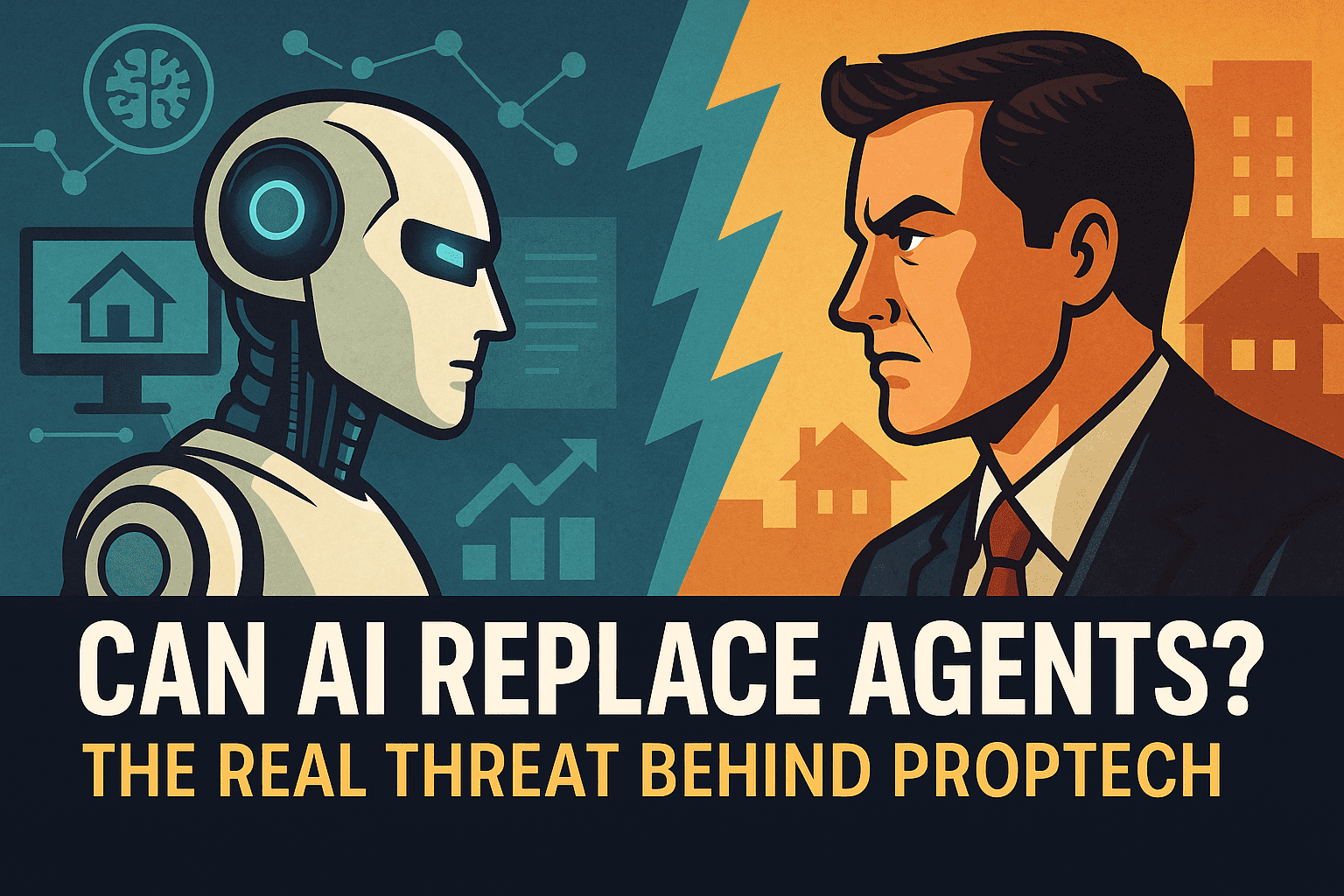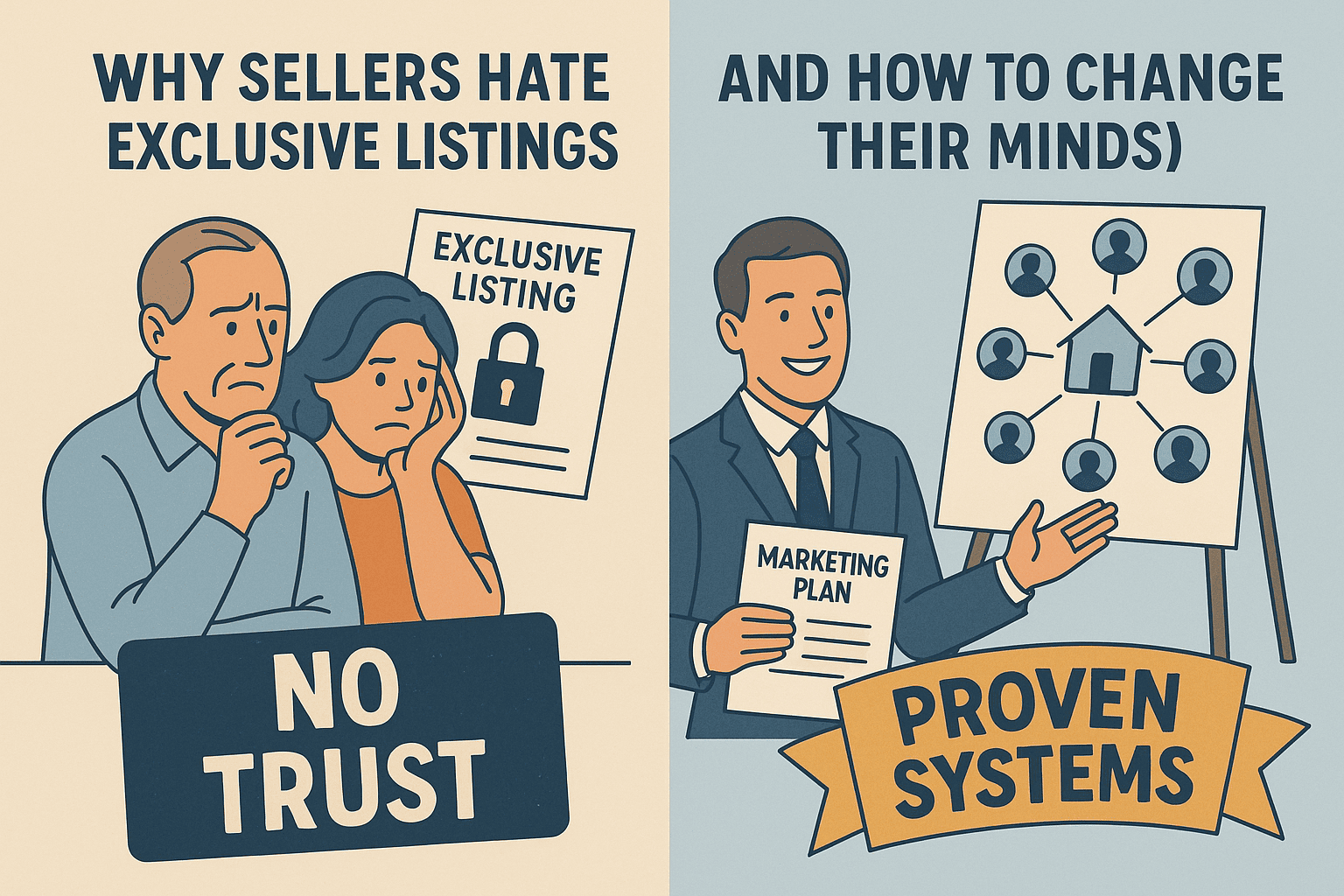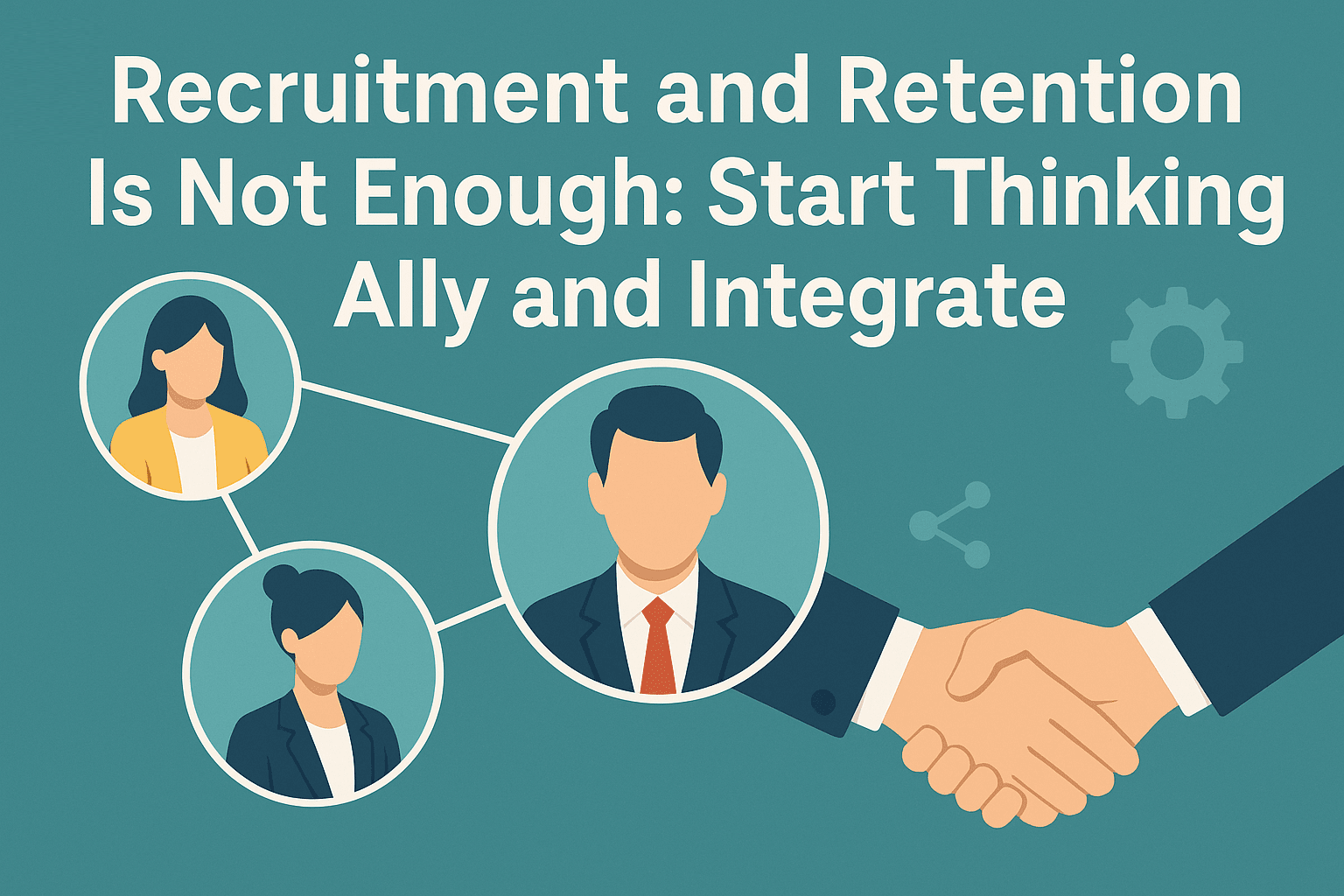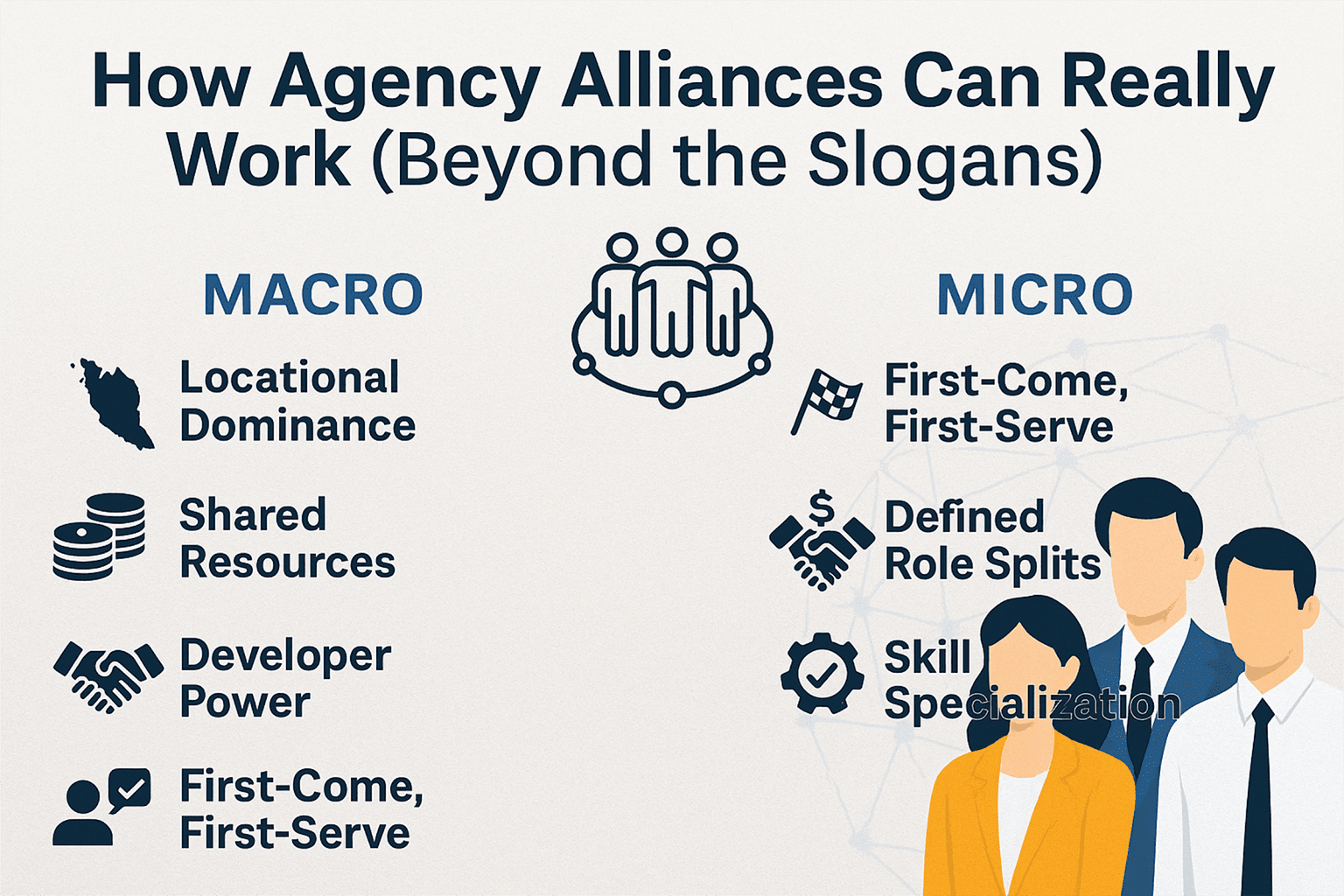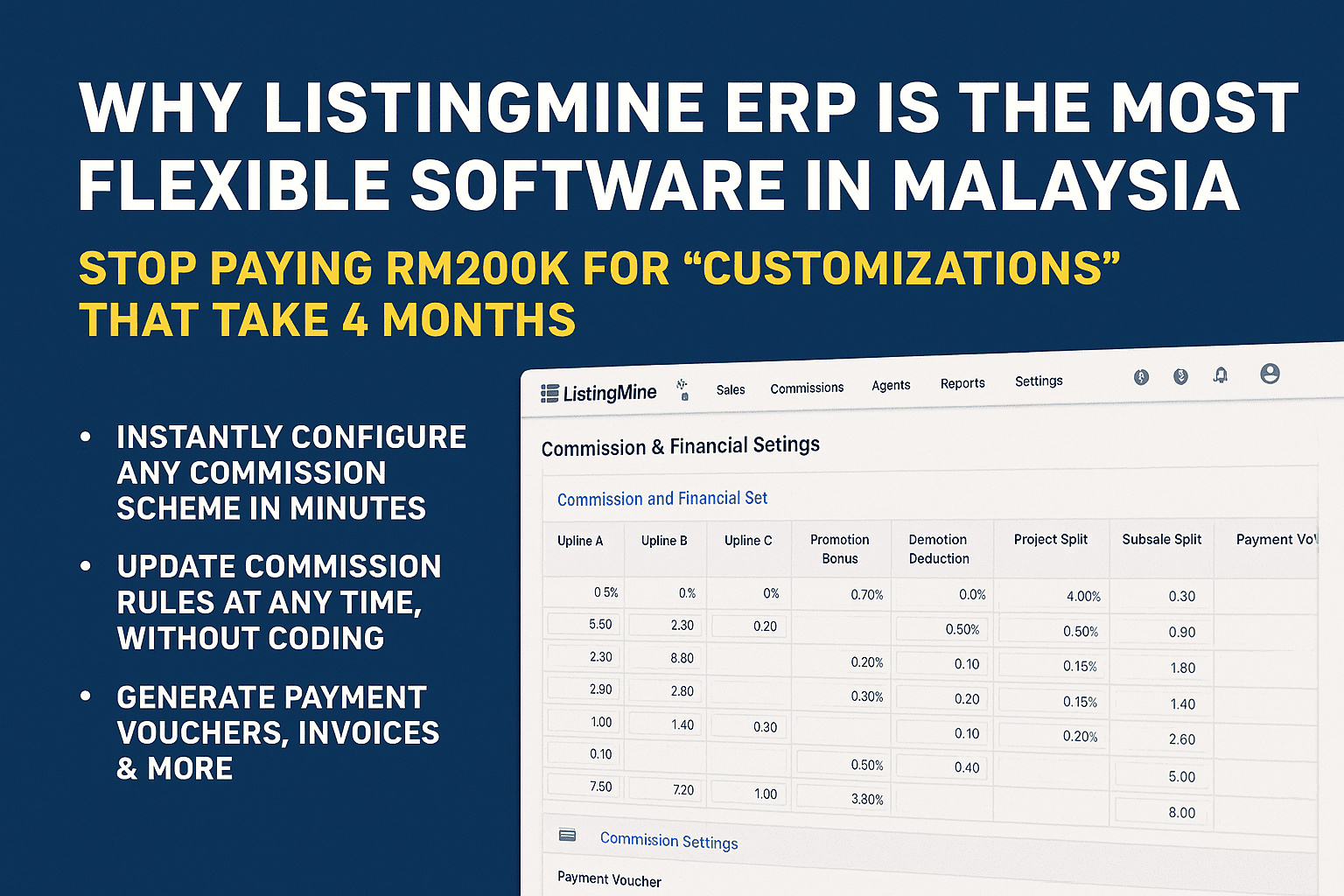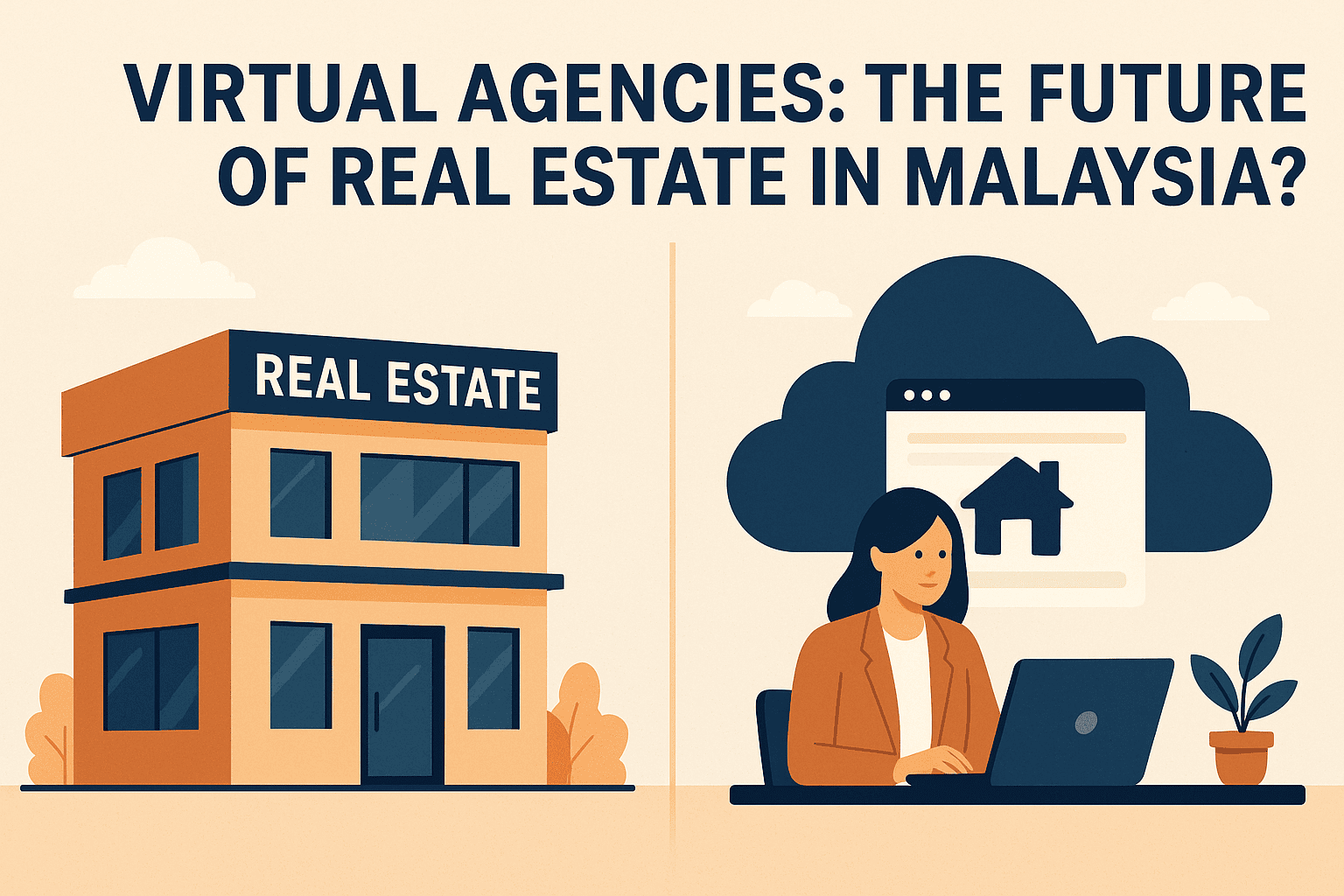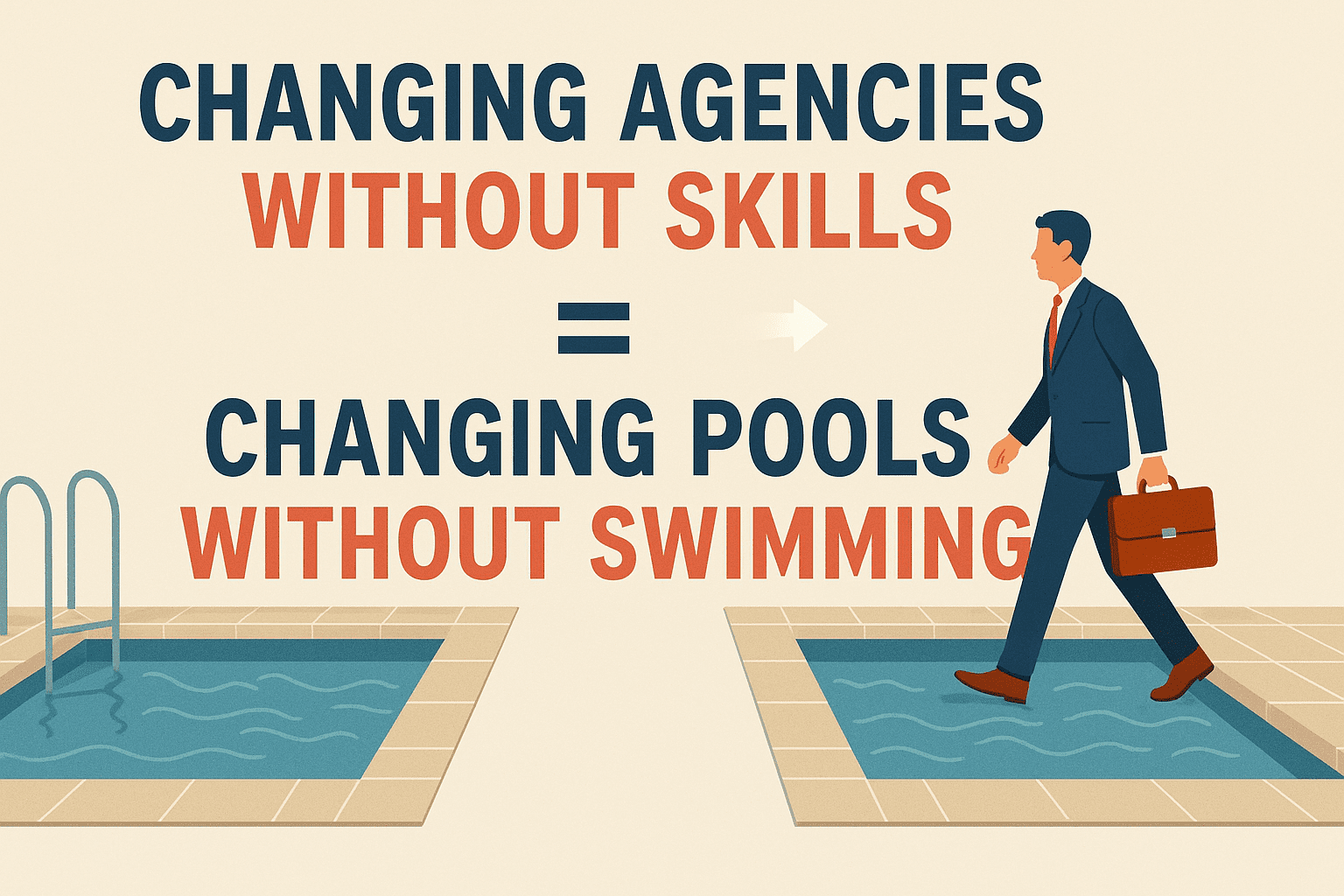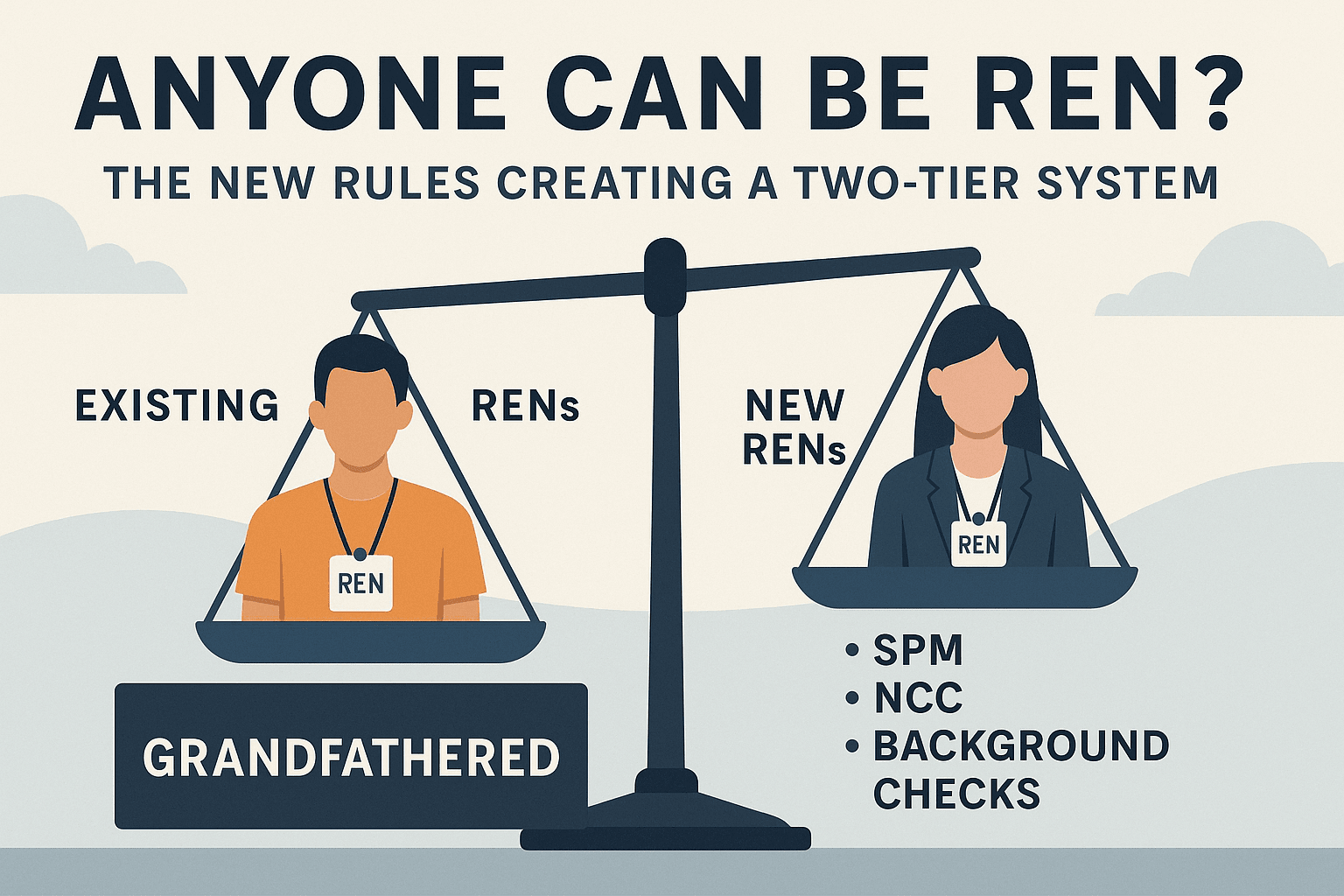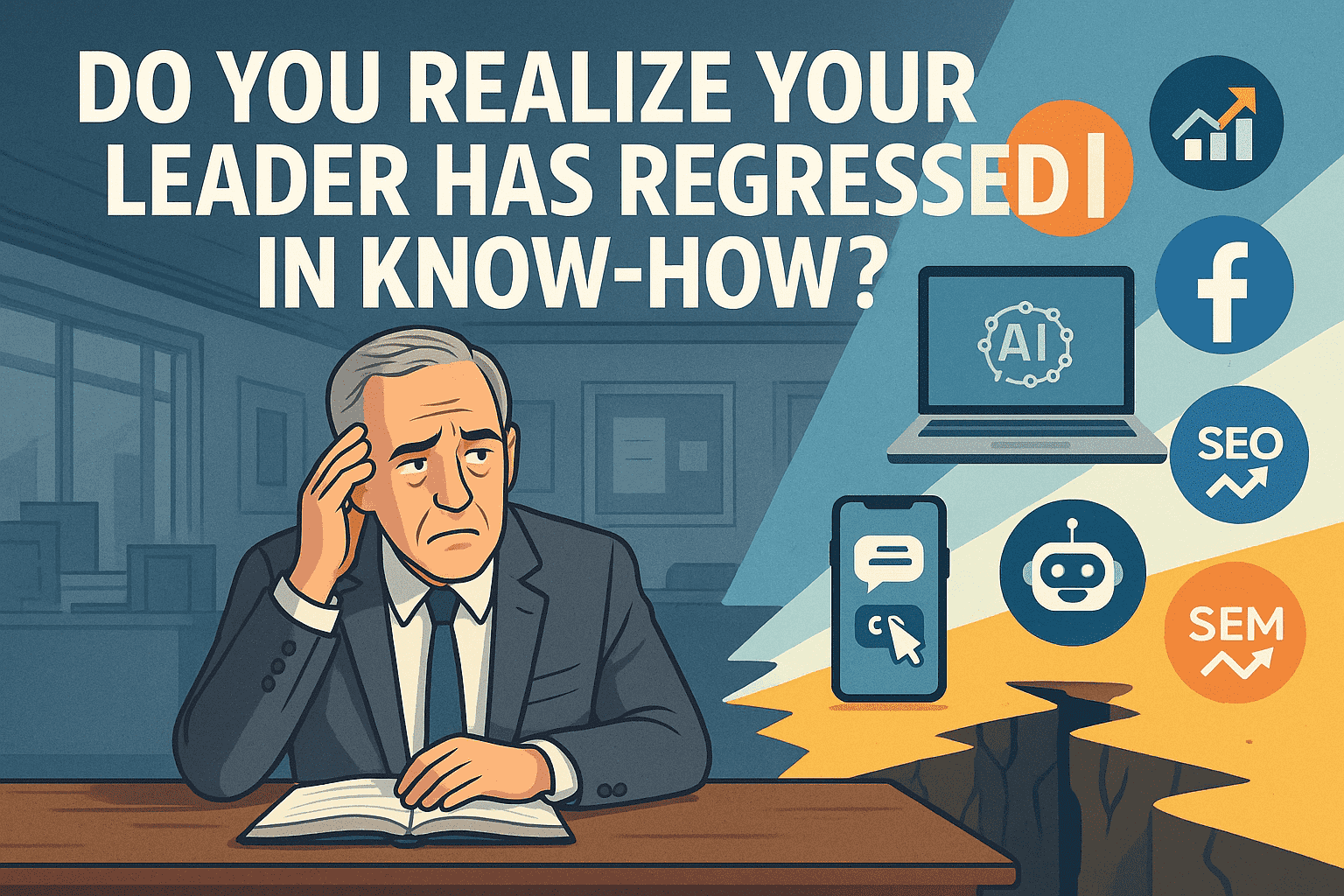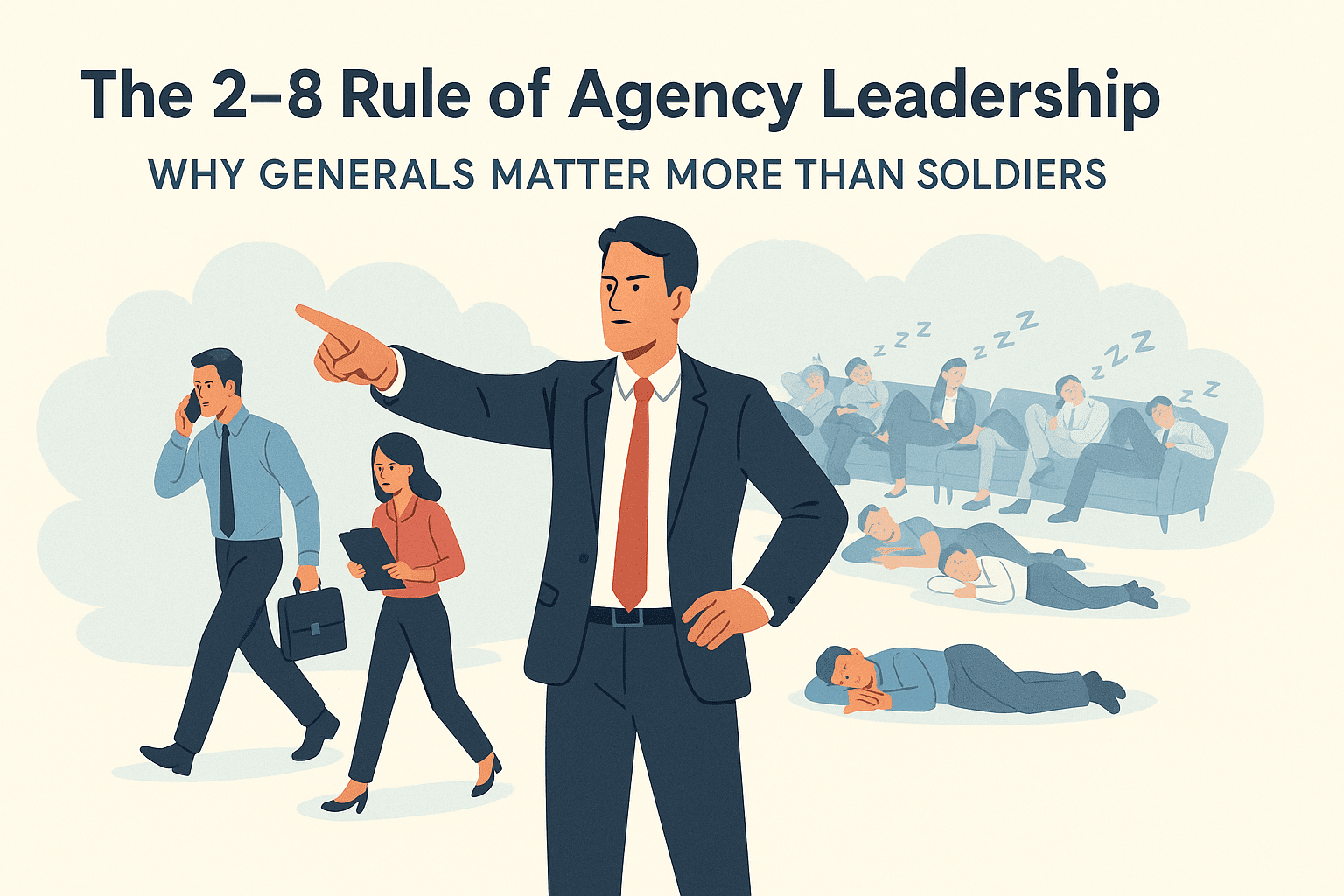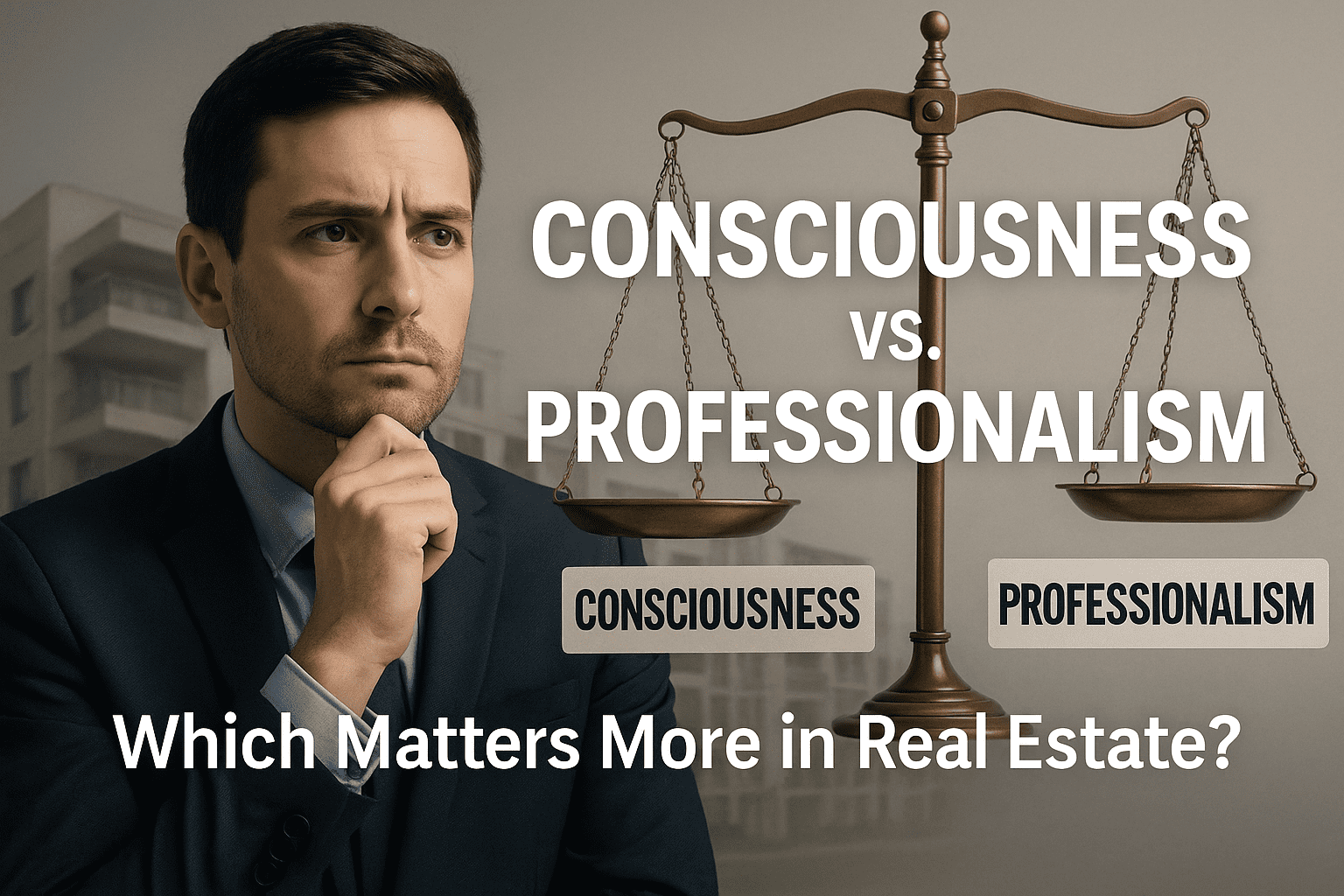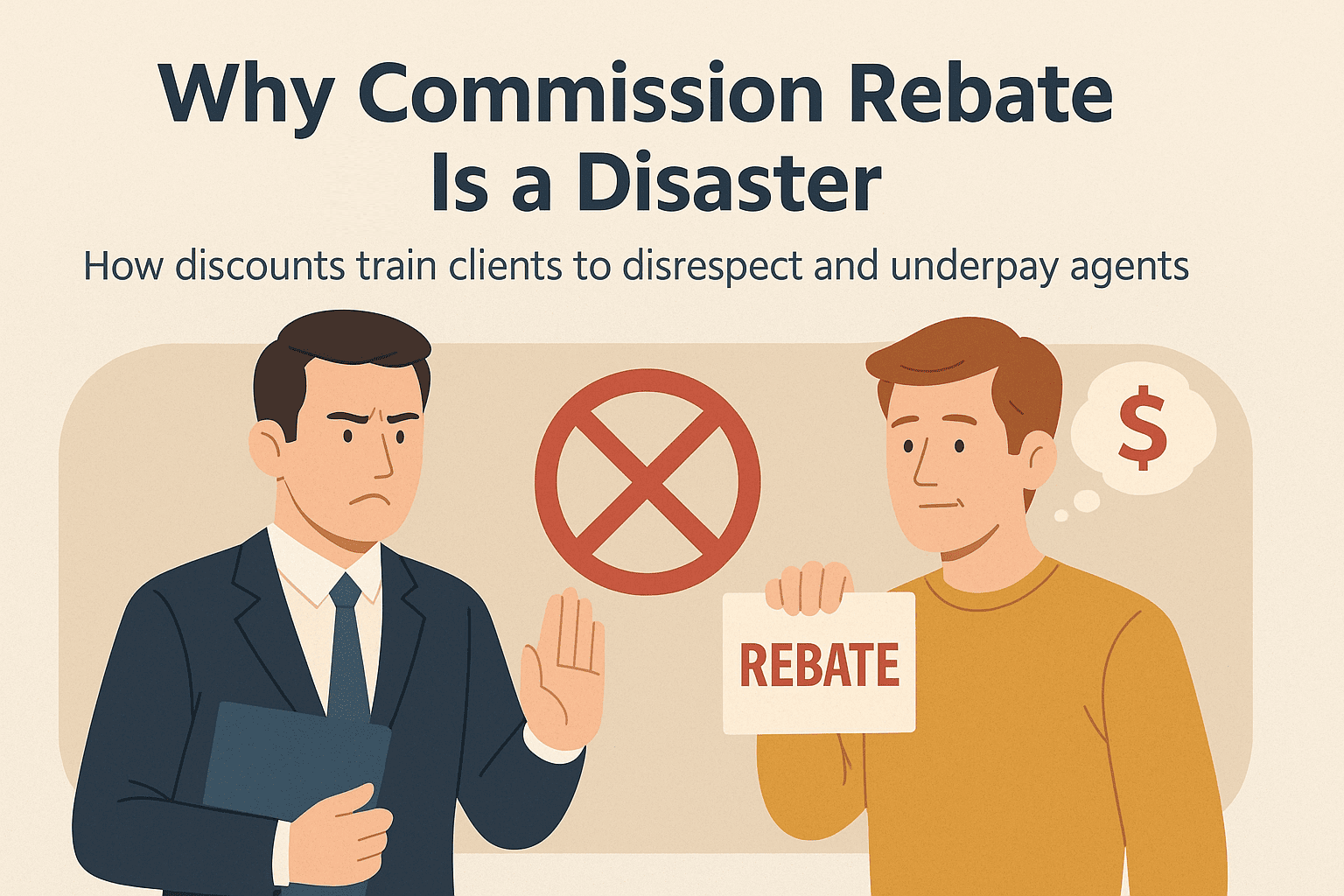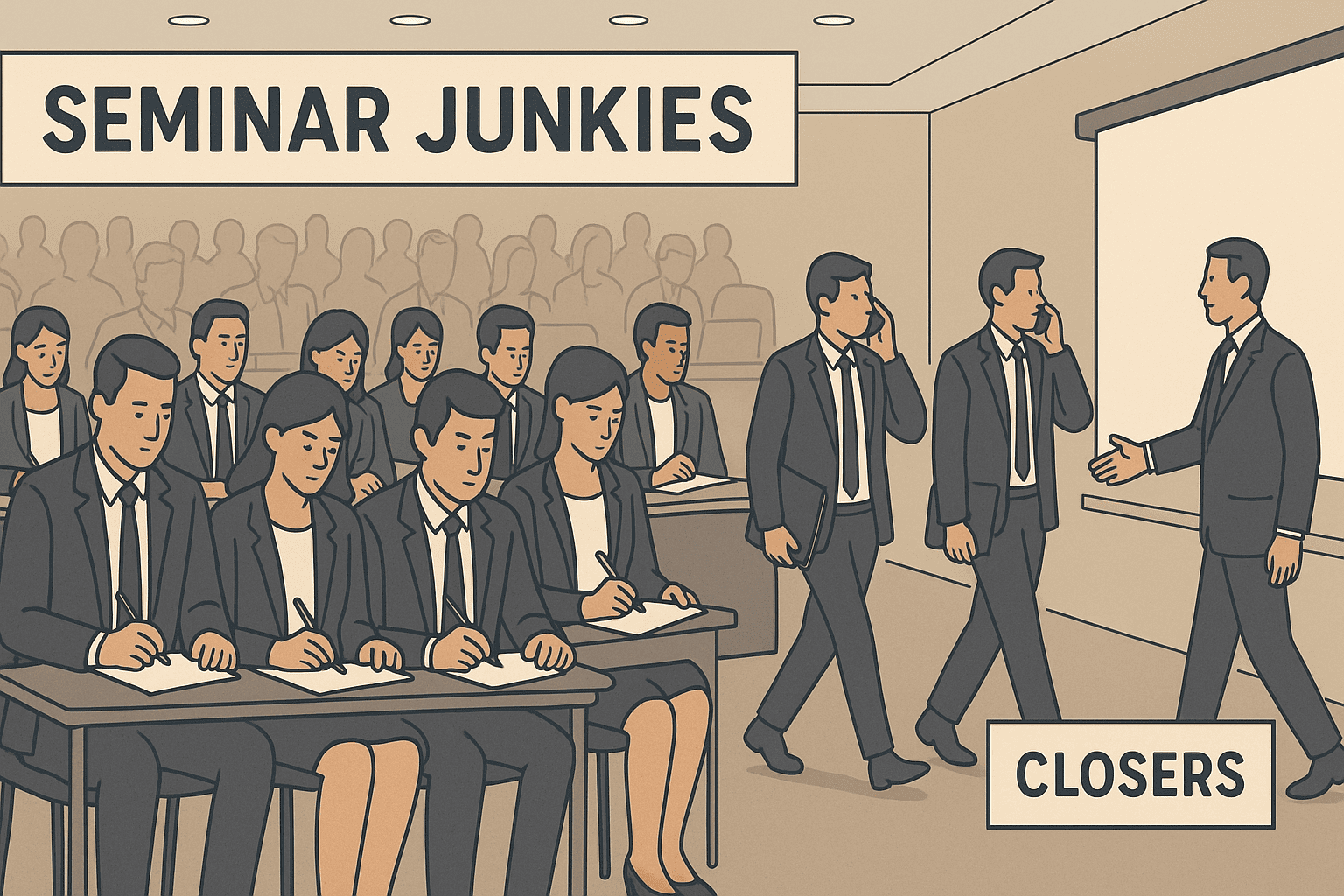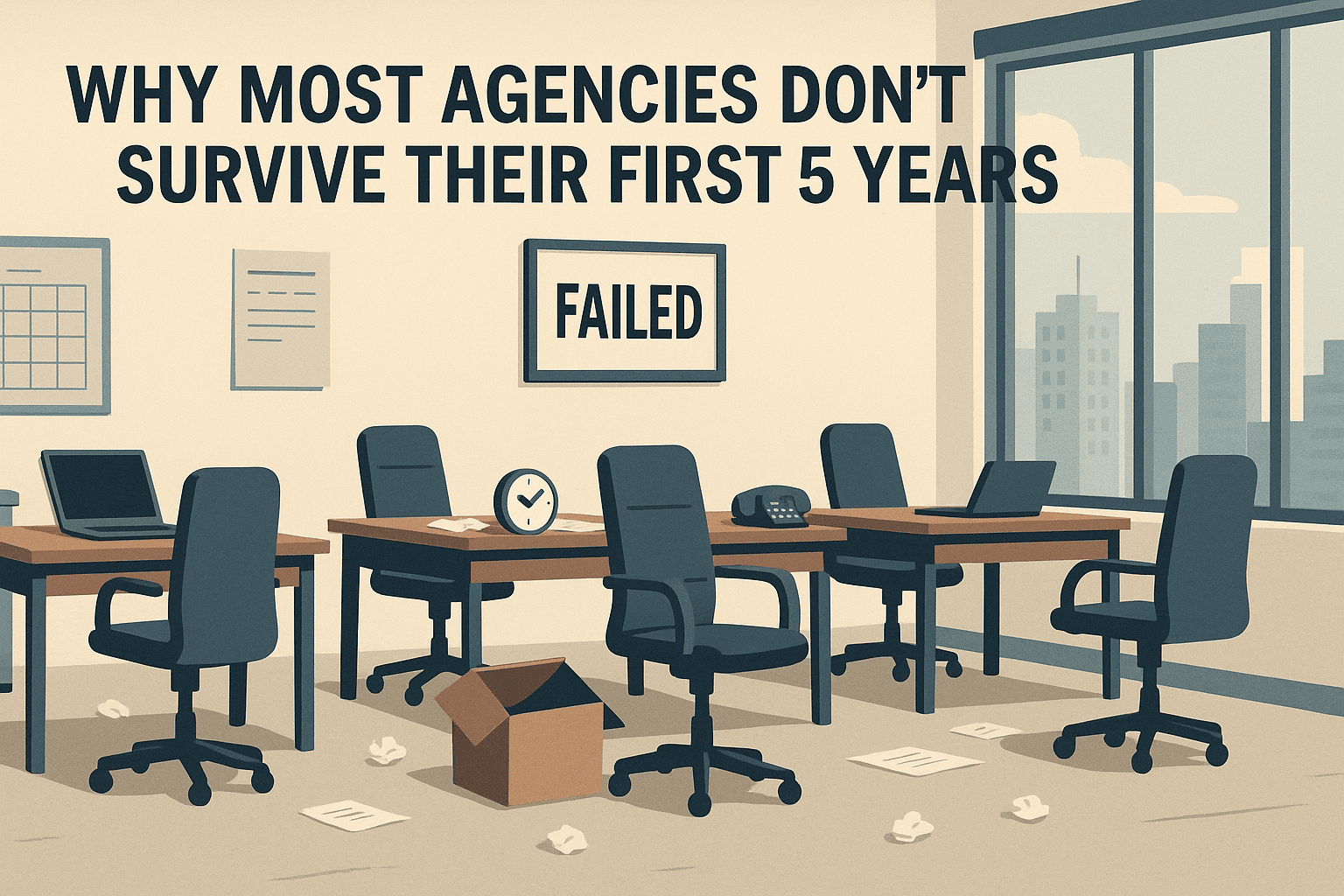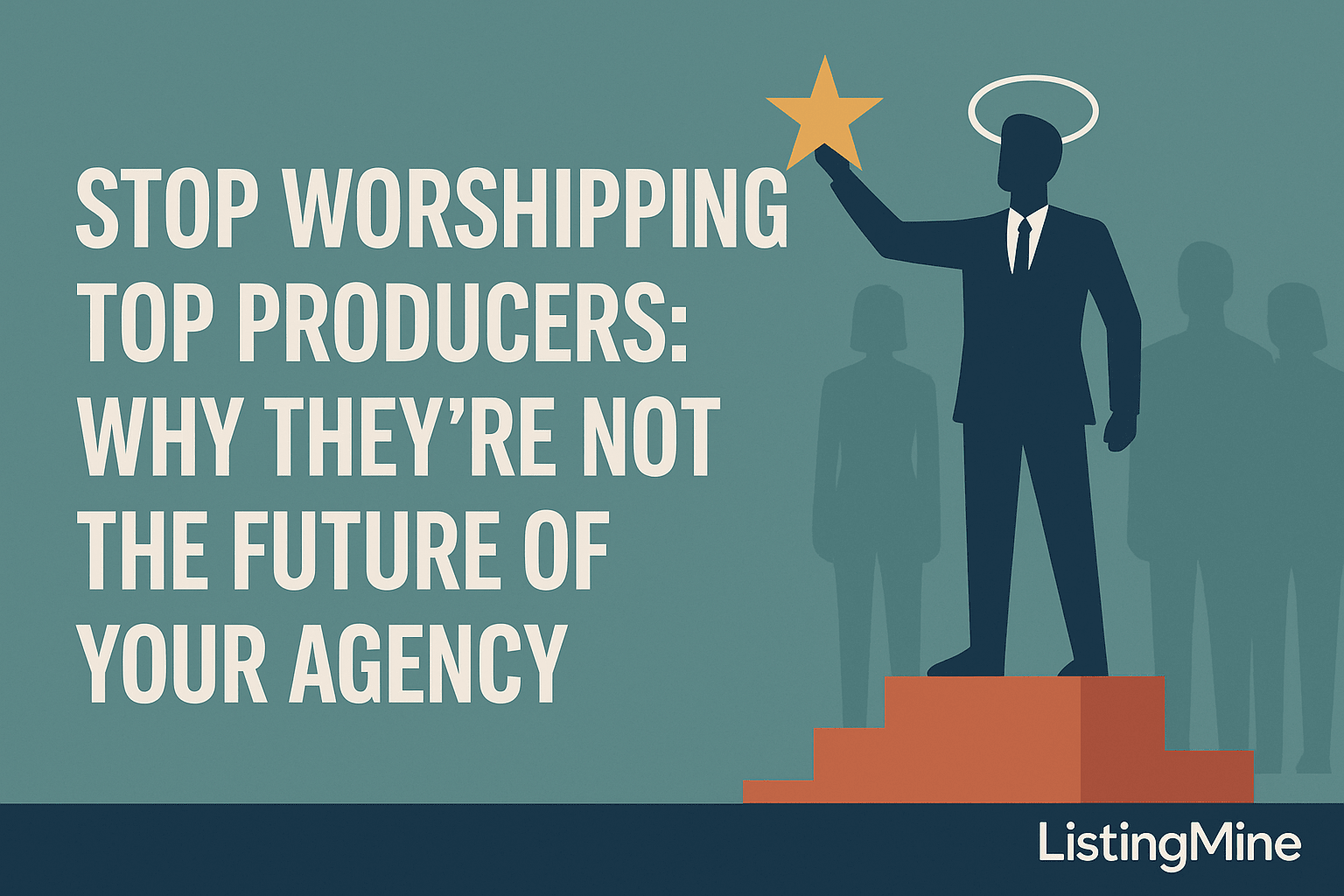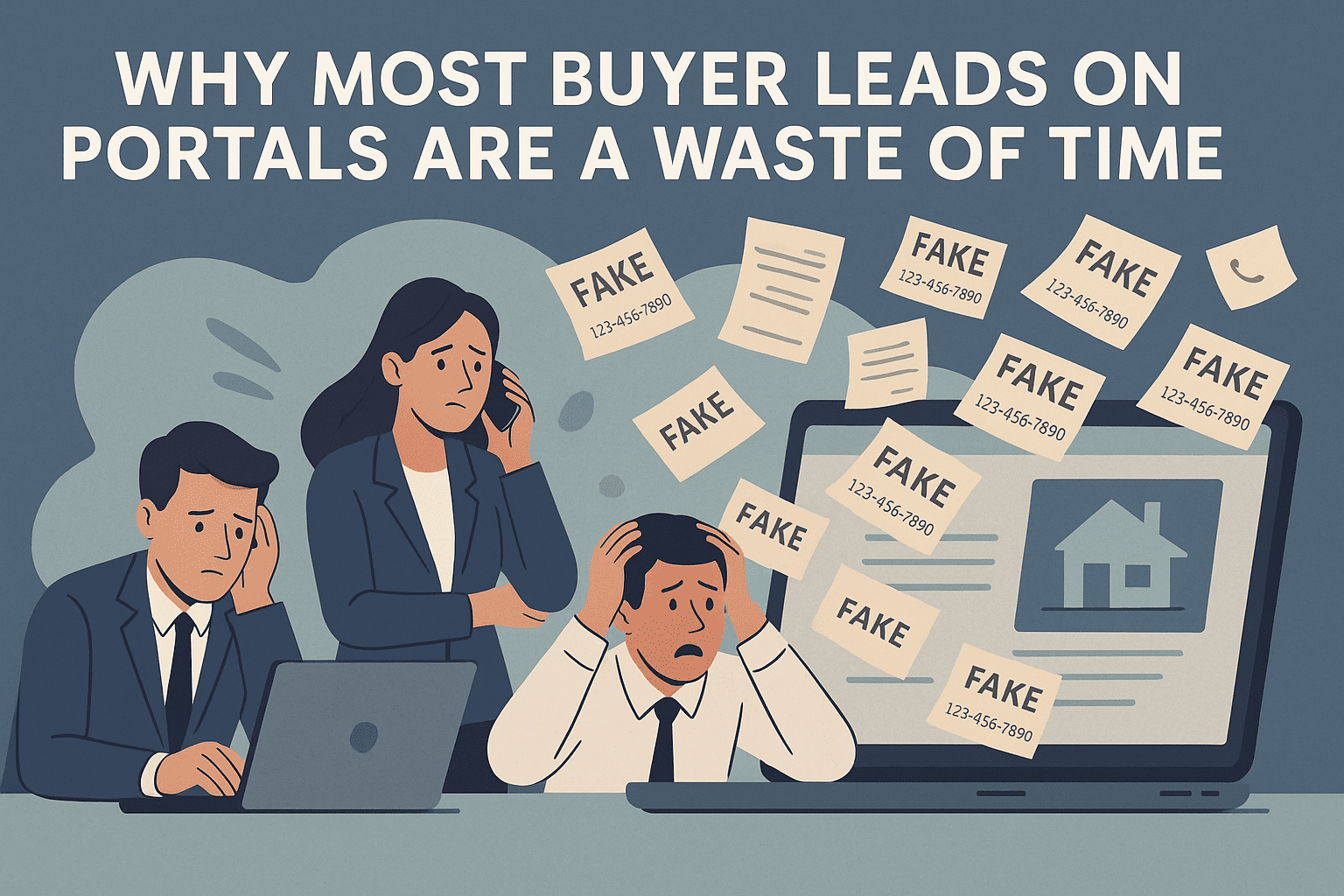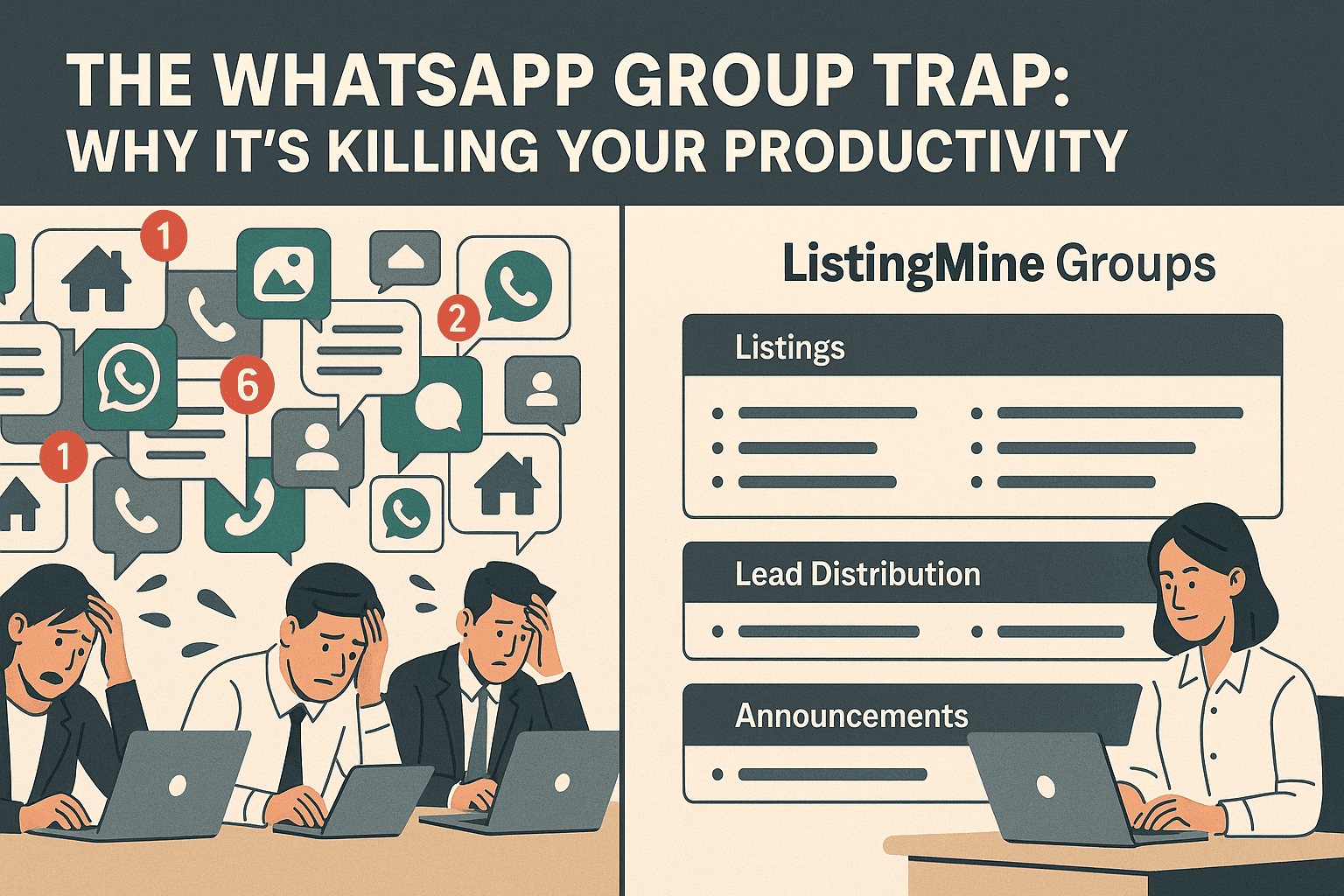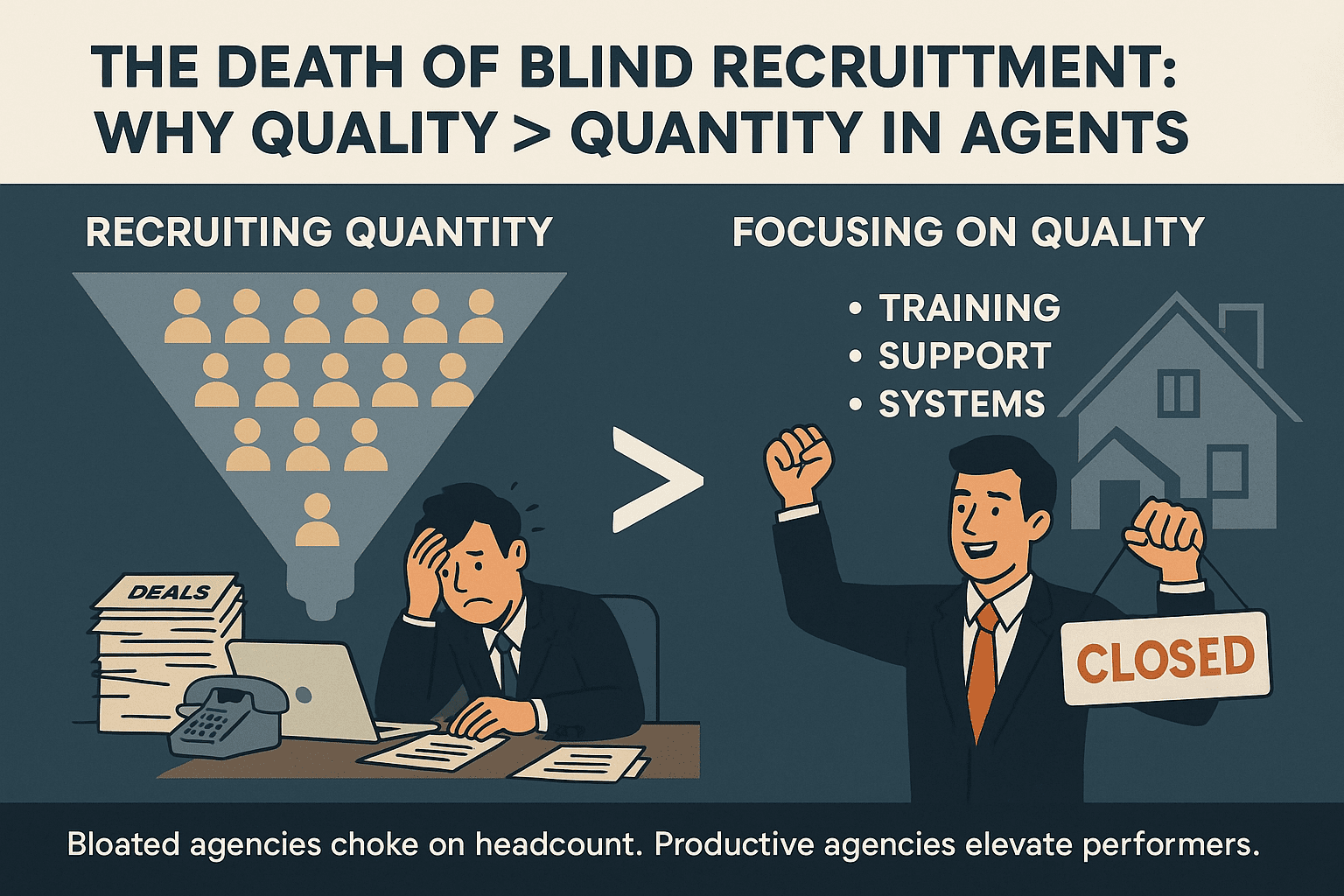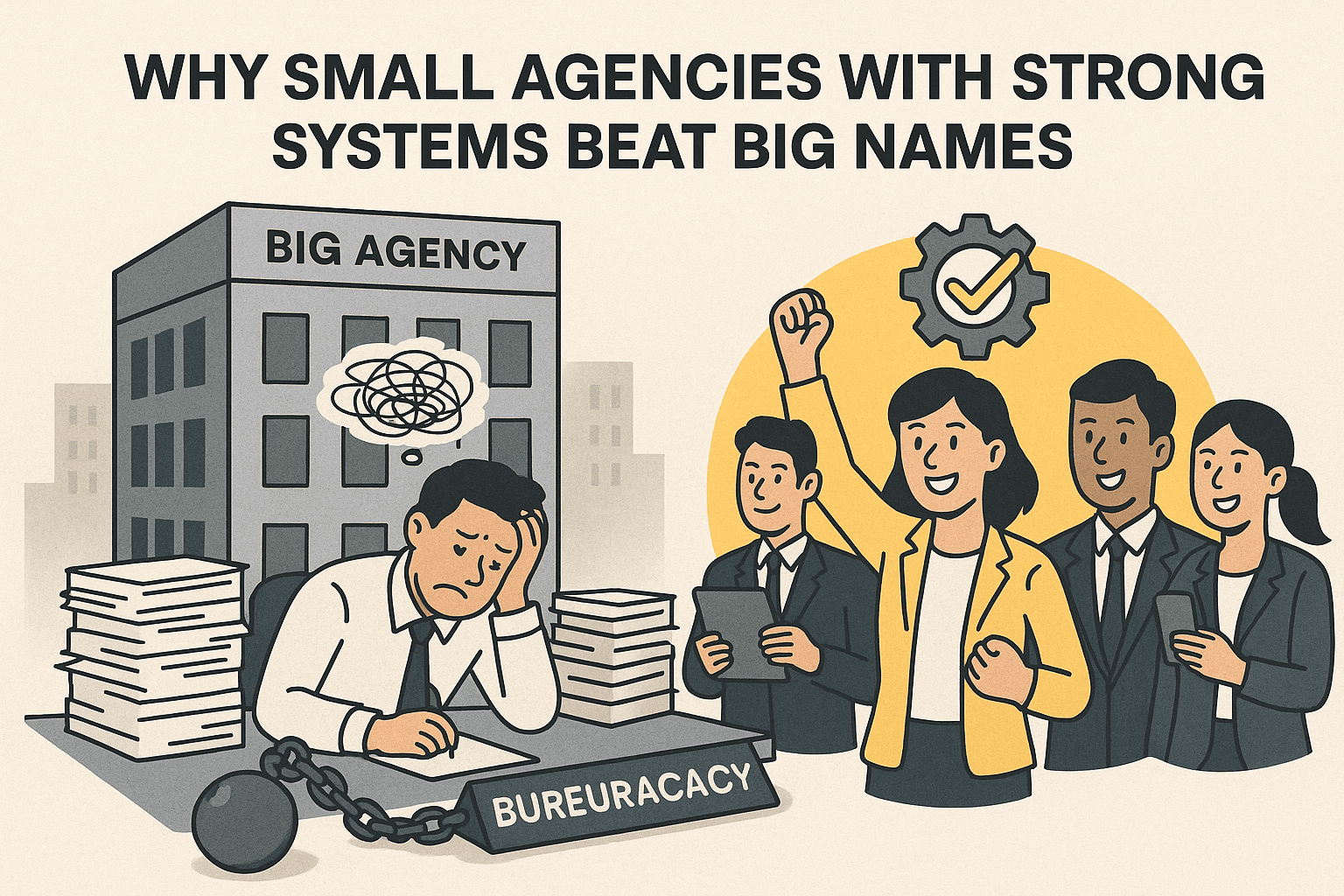From Motivation to Infrastructure: How Systems Replace Pep Talks
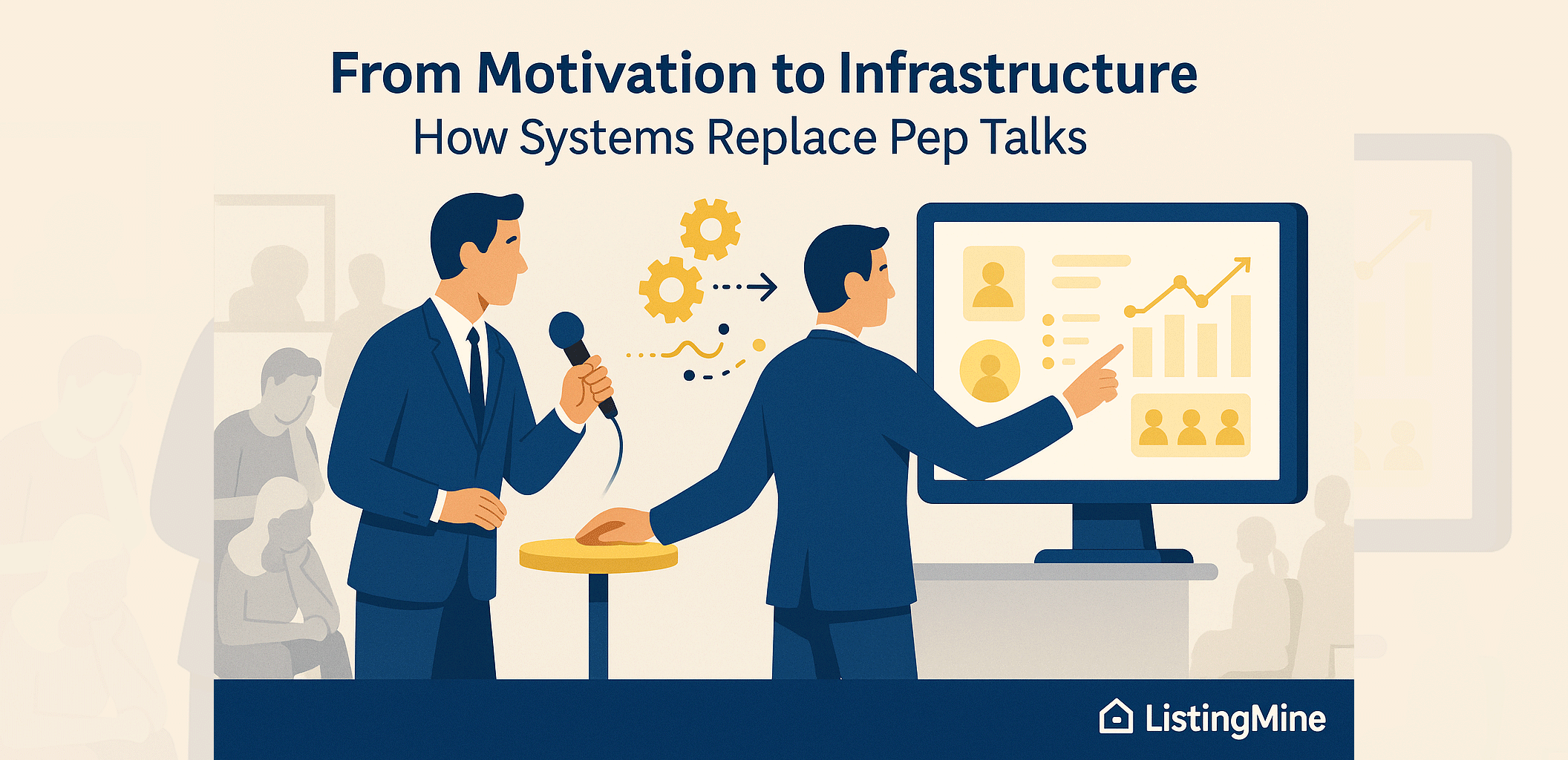
Every team leader eventually reaches the same breaking point. You spend your mornings cheering people up, your nights putting out fires, and somewhere in between, you wonder why you became a motivational speaker instead of a business builder.
The truth is: motivation doesn’t scale. Systems do.
1. The Leadership Trap: Managing Emotion Instead of Motion
At the start, motivation feels noble. You believe in your team, you want to inspire them, and you want to build a culture that cares.
But when results fluctuate, agents vanish, and commitment fades, you realize something uncomfortable — emotion is a fragile management tool.
A team that only moves when you push it isn’t a team. It’s a battery that dies every Monday.
Leaders burn out because they’re trying to sustain momentum through emotion, instead of engineering motion through structure.
2. Systems Are the Real Motivators
People don’t wake up motivated — they wake up responding to structure. Clear goals, transparent incentives, visible progress, and accessible data do what pep talks never can: they sustain energy without supervision.
That’s what ListingMine was designed to fix. Instead of leaders spending their time “motivating,” they can build infrastructures that self-motivate:
- Lead distribution that rewards responsiveness.
- Commission transparency that removes politics.
- Task tracking and performance dashboards that make effort visible.
The system becomes the voice that says “you’re doing well” or “you need to improve” — no speech required.
3. Why Emotion Still Matters — but in the Right Place
Systems don’t eliminate emotion; they redirect it. When structure handles accountability, emotion can focus on culture. When data shows who’s performing, praise becomes precise — not performative.
A strong system frees leaders to mentor, not manage. You stop reminding people what to do, and start helping them become who they can be.
That’s the difference between building people manually and building a system that builds people automatically.
4. The Invisible Burden of Manual Leadership
Most agencies still operate on emotional infrastructure — invisible, exhausting, and impossible to scale. Every deadline, payout, and handover depends on memory, not mechanism. Leaders carry the mental weight of follow-ups, approvals, and fairness — every week, from scratch. And when they collapse, so does the company.
A proper system — one that automates reminders, records accountability, and standardizes fairness — doesn’t just support your agents. It protects your leaders. That’s why ERP and CRM adoption isn’t an IT decision. It’s a mental-health decision.
5. Motivation as an Input, Not a System
The irony is that systems don’t kill motivation — they preserve it. When people know exactly how their actions translate into results, motivation becomes a constant input, not an emergency injection.
ListingMine’s ecosystem (Agent OS + Agency ERP) does this quietly:
- The Agent OS gives individuals control and visibility over their own performance.
- The ERP provides a team-wide structure that aligns incentives, commissions, and compliance.
Together, they transform leadership from constant motivation to sustainable infrastructure.
6. Final Thought — The Infrastructure of Trust
In the end, what agents crave isn’t endless inspiration. It’s clarity. They want to know what’s expected, how they’re measured, and where they stand.
Once a system answers those questions, the leader can stop being a cheerleader — and start being a strategist.
That’s the shift from motivation to infrastructure. That’s how ListingMine turns leadership from a lonely road into a designed road.

